This is the third and final page of a longer article about the Road to Spider Rock. If you’d like to begin at the beginning, click the button to return to Page 1:
UPDATE: SEPTEMBER, 2024:
White House Overlook and Trail to reopen in 2025!
The White House Overlook and Trail are closed until next season. The Navajo Parks and Recreation staff will oversee this area seasonally with staff to open gates and answer questions. This area may require a fee in the future.
On our first day at Canyon de Chelly, we hiked the White House Trail from the overlook on the rim down to the White House Ruin. We got a good, up close look at the site, and I had great light for photographs. The morning of this, our third day, we drove right by it on our way to Spider Rock, but didn’t bother stopping, because we knew we’d be coming by it again on our way back out. One last visit to the White House seemed like the perfect final chapter to our canyon adventures.
There were several Navajo vendors set up near the ruin, selling jewelry and other crafts, and there were a few other tourists that had hiked down the trail from the overlook. Remarkably, these were the only other tourists that we crossed paths with during our two days of driving inside the canyons.
It’s important to note that the trip I’m describing in these posts took place in 2013. The White House Overlook and the White House Trail were closed to visitors in March of 2020, and that closure remains “indefinite.”
At the present time, the only way to see the White House Ruin is on a guided tour of the canyon, on foot, on horseback, or in an SUV. Click HERE for a list of authorized tour providers.
CANYON DE CHELLY TOUR OPERATORS
NAVAJO NATION PARKS AND RECREATION
WHITE HOUSE RUIN
The White House, which takes its name from a prominent section of upper wall still coated with fading white plaster, was built by the Anasazi, also known as the Ancestral Puebloans, in a natural alcove in a sheer cliff face, some forty feet above the canyon floor. When the dwelling was occupied, from 1060 A.D. until about 1260 A.D., there were as many as 80 rooms, multiple generations of multiple families living in this castle in a cave with a view. The residents used ladders to reach the alcove, and the relative inaccessibility was a natural defense against marauders from other tribes, as well as protection from the flash floods that periodically roar down the canyon.
There are two parts to the ruin. The larger, older section sits on the floor of the canyon, up against the base of the soaring 500 foot cliff. Measuring 50 by 150 feet, with walls as much as 14 feet high, most of the living space was on this level, while the structures in the alcove served as a sanctuary when the village came under attack, or when floodwaters posed a danger to the building on the ground. The roof of a four story tower at the back of the lower dwelling rose to within four feet of an entryway to the cave. They bridged that distance with a ladder that could be pulled up behind them when they were seeking refuge.
At the center of the upper section is a large room, 12 by 20 feet, with a front wall that is 12 feet high and made of stone that is two feet thick. This wall was coated in white plaster, decorated with a yellow band, and it is this white wall, which can still be seen, that inspired the name La Casa Blanca, the White House, to this ancient dwelling that has endured in this place for nearly a thousand years.
All of the cliff dwellings in Canyon de Chelly were abandoned in the late 13th century, most likely due to an extended drought that made it impossible for the people to grow their crops. The recessed alcoves in which they were built protected the structures from the elements, and they stood, undisturbed, for more than 600 years before anyone from the outside world became aware of them.
Telephoto view of the White House from the White House Overlook
The first Anglo-American expedition to report the existence of the White House Ruin took place in 1848, led by Lieutenant J.H. Simpson, who was conducting a survey for the Corps of Topographical Engineers. Teams working under the direction of archaeologist Earl Morris, sponsored by the American Museum of Natural History, the Bureau of American Ethnology, and the Carnegie Institution stabilized parts of the White House, as well as the tower at Mummy Cave, working through several seasons in the 1920’s. Additional work was done, and some walls were replastered in 1967.
In its heyday, there were perhaps 100 people living in this small pueblo, farming, hunting small game, and trading with neighboring villages. They were a religious people, as evidenced by the four circular kivas built into the lower dwelling. The largest of these was 18 feet across, and served as a meeting space, where ceremonies and religious councils were held.
The Ancestral Puebloan people who made this place their home practiced essentially the same Katsina religion as the modern day Hopi in Arizona and the Pueblo people of New Mexico. They believe in the existence of spiritual divine beings, Katsinas, or Kachinas, that act as intermediaries between humans and God.
Theirs is a complex belief system that regulates most aspects of life in their society, for the purpose of maintaining balance between the human world and the cosmos. The Pueblo religion teaches respect for nature, for living a life in harmony with the natural world.
The extended drought that forced the people to abandon their villages here, late in the 13th Century, would have been considered a terrible failure on the part of their religious leaders. Year after year, they prayed for rain that never came, until finally, on the brink of starvation, they gave up, and moved on.
(Click any photo to expand the images to full screen.)
Some of these photos (above) were taken from the Canyon floor using wide angle lenses, others from the White House Overlook on the Canyon rim, using a telephoto zoom. The dark streaks on the face of the 500 foot cliff are known as Desert Varnish, a natural coating of iron and manganese oxides.
The first ever photo of Canyon de Chelly and the White House Ruin was taken by the photographic pioneer Timothy O’Sullivan in 1873, using glass plate negatives that were unwieldy as the dickens, and had to be processed on the spot. Sullivan was intrigued by the ruin, but the public of his day was not, and they paid little attention to his picture.
More than 60 years later, in 1937, Ansel Adams, another pioneering photographer, visited Canyon de Chelly for the first time, and declared it to be “the most beautiful place on earth.” Some of his best known images were taken in and around what was, at the time, a brand new National Monument. Adams was a fan of Timothy O’Sullivan, and he considered that early picture of the White House Ruin to be “one of the most extraordinary photographs ever made.” It was clearly a source of inspiration. Adams’ own famous photo, titled simply, “White House Ruin,” was taken in 1942, using a view camera that was just as unwieldy as the rig O’Sullivan hauled around, but with much better lenses, and vastly superior film. Comparing the two photos, it’s apparent that they were taken from the same vantage point, using approximately the same composition. There’s a reason for that. According to Adams, the secret to taking great landscape photos is really very simple: it’s all about knowing where to stand.
White House Ruin: by Timothy O’Sullivan, 1848
White House Ruin, Ansel Adams, 1942
White House Ruin, Rick Quinn, 1989
White House Ruin, Rick Quinn, 2013
On my own first visit to Canyon de Chelly, in 1989, I made my own version of that famous photo on a 35mm color slide, and when I returned in 2013, I stood, once again, in that same spot, and used a digital camera to record the scene. So–that’s four photos of the same composition, spread across no less than 165 years, each using dramatically different equipment and photographic technology. The one constant? The ruin itself, which hasn’t changed a darn bit in all that time.
I can’t compare my skills as a photographer with Timothy O’Sullivan or Ansel Adams, but I can say that we’ve all stood in the same spot, looking up at that same ruin, and, no doubt, pondered the same questions.
We finished up at the White House, took a few more pictures, and drove out of the canyon, back to Chinle, following what was by now a familiar route, up Chinle Wash to the Visitor’s center, and back onto the paved road once again. Back in town, we said our goodbyes to Sylvia, and ran my Jeep through a car wash that did not BEGIN to get the vehicle clean. For the next six months (at least), every time I washed that Jeep, I would end up with more of that red dirt on my driveway, flushed out of some hidden recess in the undercarriage. A lingering reminder, and not at all unwelcome, of one of the best trips I’ve ever taken!
La Reina Sucia, the Dirty Queen, after two days driving through Canyon de Chelly
Disclaimer: the narrative in this post includes dialogue attributed to my Navajo friend Sylvia Watchman, who was our guide on a two-day tour of Canyon de Chelly in October of 2013. The dialogue in the post is based on the transcript of an audio recording made two years later, when I visited Sylvia in Chinle, and we reviewed my photos from the trip. There was minor editing for grammar and continuity. I take full responsibility for any errors or omissions.
Unless otherwise noted, all of these photographs are my original work, and are protected by copyright. They may not be duplicated for commercial purposes.
Click any photo to expand the images to full-screen, with captions.
More about Canyon de Chelly:
The Most Beautiful Place on Earth:
A Guide to Canyon de Chelly National Monument
This is an interactive Table of Contents. Click the pictures to open the pages.
Canyon de Chelly: Part 1: The Rim Drives
Most of Canyon de Chelly can only be seen by visitors who are accompanied by an authorized guide, but the Rim Drives are free of charge, no reservation required. Two roads, Indian Route 7, and Indian Route 64 diverge at the entrance to Canyon de Chelly National Monument. Route 7 follows the South Rim of the multi-pronged formation, providing access to seven overlooks, all with killer views into Canyon de Chelly. Route 64 follows the North Rim, and provides access to three more overlooks, with excellent views into the branch known as Canyon del Muerto.
The South Rim drive is a 36 mile round trip, from the Welcome Center to the Spider Rock Overlook and back again, making multiple stops in between. You’ll need a couple of hours to do it justice, depending on how much time you spend at each of the different overlooks. The North Rim drive is shorter, just over 26 miles round trip to the Mummy Cave Overlook. That drive requires another hour and a half, bare minimum, so if you’re going to do both, you should play it safe, and set aside half a day. I can guarantee you’ll consider it time well spent! <<CLICK to Read More!>>
The South Rim Drive
Indian Route 7 begins at the turnoff from US 190, and serves as the main road in the Navajo town of Chinle. If you follow it headed east, it will take you directly to the Visitor Center for the Canyon de Chelly National Monument. Stop there to pick up a map of the park, and to get current information about guided tours and other activities, as well as road conditions, and any closures that might affect your visit.
From the Visitors Center, bear right at the fork to stay on Indian Route 7, the South Rim Drive, and follow the signs to the overlooks.
<<CLICK to Read More!>>
Overlooking the White House
A mile and a half beyond the Junction Overlook you’ll reach the turnoff for the White House Overlook, which is at the end of a half-mile long access road. (Note: the access road, the overlook, and the trail to the White House ruin are currently closed to visitors.) The White House Overlook has always been one of the most popular. The vantage point offers a fabulous panorama of the Canyon, along with an unobstructed view of the White House, one of the best preserved ruins in the National Monument.
<<CLICK to Read More!>>
The North Rim Drive
Most visitors to Canyon de Chelly National Monument focus the bulk of their attention on the South Rim Drive, but in my view, your trip simply won’t be complete if you don’t take in the North Rim Drive as well.
Seven miles from the Welcome Center is the turnoff to the Antelope House Overlook, which is two miles further along a paved access road. The payoff is a fabulous bird’s-eye view of a quite wonderful Anasazi ruin known as the Antelope House. You can still see the crumbling foundations of dozens of rooms, a tower, and at least four circular kivas...
<<CLICK to Read More!>>
Canyon de Chelly: Part 2: Chinle Wash
Canyon de Chelly National Monument is a place for the whole world to enjoy and admire, just like all of our national parks and monuments, but at Canyon de Chelly there is an essential difference: the rim drives and most of the overlooks offering views into the beautiful canyon are open to the public all year around. The canyon itself, including all hiking trails and Jeep tracks, all the ruins and the rock art, in essence, anything below the canyon rim, all of that is private property, off limits to everyone save the handful of Navajo families who own the land on the canyon floor.
The rest of us can go in, but only to certain areas, and only if we’re accompanied by an authorized guide. A Navajo guide can take you into the canyon in their SUV, or, if you prefer, you can join a guided hike, or a trail ride on horseback. The standard Jeep tours, which are the most popular, range from three to six hours in length. The longer tours cover the highlights of both of the primary gorges, Canyon De Chelly, and Canyon del Muerto.
The series that follows is a detailed account of my own experience in this remarkable place. <<CLICK to Read More!>>
A Timeless Journey into the Heart of the Navajo Nation
At the beginning of our trip, we asked Sylvia to show us her favorite petroglyphs, along with the usual ruins and rock formations, and she did not disappoint. Our first stop, very near the mouth of the canyon was a prehistoric bulletin board she called Newspaper Rock. A smooth segment of cliff face coated with dark desert varnish, featuring an area at least forty feet wide filled hundreds of petroglyphs. The symbols weren’t carved into the rock, and they are not painted. These artists pecked away the dark varnish, creating their pictures by exposing the lighter colored rock underneath: antelope, birds, hunters, and a multitude of intriguing symbols.
<<CLICK to Read More!>>
Ancient Stories Etched in Stone
A short distance from Newspaper Rock, just a few steps away along the base of the cliff, we came to another set of petroglyphs featuring riders on horseback. These were most certainly Navajo, and likely date back to the 1800’s. They shared this shady space with other images that were obviously much older. There were hunters, deer, birds, handprints, and more. We crowded in close for a better look.
<<CLICK to Read More!>>
Kokopelli and the Lightning Spear
“When you look at this, there’s a man holding a staff; out of the staff there’s this energy that’s coming out. The figure in black is the patient. The one in yellow is the shaman. The important men of the village are up on the side here, so this was a very sacred ceremony that they were doing. And there are some other drawings on the side; this one here is like a figure of the holy people, because it’s way up there, and it only has the head, and not the arms or the legs. You see a lot of people drawn, and there’s a bird there. And these are drawings of, like, clan systems. The bear, the turtle, and the antelope down here.”
I was probably getting a bit starry-eyed at that point. Barely three miles into the canyon, we’d traveled a thousand years in just under a hundred minutes, and we were barely even underway!
<<CLICK to Read More!>>
Where Canyons Collide
Just around the bend the canyon opened up into an area wider than any other we’d seen, and right in the middle was a monolithic block of sandstone known as Dog Rock. To the left was the north fork of the canyon, Canyon del Muerto, and to the right, the south fork, Canyon de Chelly itself. The cliffs soared at least 200 feet above our heads, and halfway up the sheer face opposite was another alcove filled with crumbling adobe, a site called Junction Ruin. A bit smaller than First Ruin, and a bit less well preserved, this is an Anasazi structure dating to the same approximate era. The ruin is clearly visible from above at the Junction Overlook on the South Rim Drive; it looks a bit different when viewed from below...
<<CLICK to Read More!>>
Canyon de Chelly: Part 3: Canyon del Muerto
The left hand fork is the spectacular work of nature known as Canyon del Muerto. The star attraction of this route is the Mummy Cave Ruin, the largest in the area, built on a ledge between a pair of deep caves, high on the face of a cliff in an extraordinary natural amphitheater. It’s a 24 mile round-trip from the Junction, twelve miles of rough road in each direction, with enough twists and turns to qualify as a carnival ride–along with plenty of mud! Along the way you pass the Ledge Ruin, Antelope House Ruin, Navajo Fortress, and Standing Cow Ruin, along with some extraordinary rock art.
The most popular tours last between 3 and 4 hours. Most of them travel into both canyons, but don’t go all the way to the end of either road. Only the longer tours include Spider Rock or Mummy Cave, and only the all day tours include both. Private tours offer the most flexibility, and in most cases, a more comfortable ride.
<<CLICK to Read More!>>
Ruins and Rock Art
In this pictographic sequence, the Utes are on the left, mounted on horseback, with shields and lances, while the Navajos are on the right, on foot, and clearly outnumbered. In one version of the story, just as in Sylvia’s account, the attack took place during a Night Way healing ceremony, in the winter, catching the Navajo by surprise, and at a deadly disadvantage.
The drawings are charcoal, except for the shields, which were painted with pigment made from the bee weed plant. The sandstone overhang provides some protection, but after 150 years or more, the panel is weathering, starting to fade and flake away. Many of the rock art panels in these canyons are in danger of irreversible deterioration from exposure to the elements. Pictographs such as these, done with charcoal and other natural pigments, are particularly vulnerable to the ravages of time.
<<CLICK to Read More!>>
Antelope House
Antelope House was formally excavated in the early 1970’s, by archaeologists working with the National Park Service. Each new culture that occupied this site built atop the remains of their predecessors, so as researchers dug into the stratified foundations, they found the pit houses of the Basket Makers at the bottom, and layers of increasingly sophisticated cultural remains, from the Ancestral Pueblo to the Pueblo people, the Hopi, and the Navajo, each of these groups contributing to the timeline of an area that is exceptionally rich in history.
Of all the ruins and other archaeological sites in Canyon de Chelly, Antelope House is the most thoroughly investigated. That’s at least partially due to simple ease of access: unlike most of the ruins in the canyon, all the primary structures at this site are at ground level.
<<CLICK to Read More!>>
Standing Cow: A Home Among the Ruins
The hogan, much newer than the other structures, was built using sandstone bricks recycled from the surrounding ruins. That would never have been allowed today, but at the time, before the National Monument was established, there weren’t any rules against it, so Sylvia’s great grandfather was simply being practical, using what was available. Today, Standing Cow is on all the maps, as much a part of the human landscape of Canyon de Chelly as the White House and the Mummy Cave. We felt quite privileged to be there with someone who was so directly connected to all of it.
<<CLICK to Read More!>>
Blue Bull and Mummy Cave
300 feet above the canyon floor, there are two deep alcoves filled with ruins, and on a wide ledge between them, a large, multi-story pueblo, partially reconstructed, and quite impressive. The setting is a natural amphitheater, and the overall aspect of the place is simply stunning.
Occupied for a thousand years, from around 300 A.D. until 1300 A.D. The whole complex, including the main building and the structures in the two flanking alcoves had as many as 70 rooms, including living quarters, ceremonial spaces, and storage.
<<CLICK to Read More!>>
Canyon de Chelly: Part 4: The Road to Spider Rock
Today, only authorized Navajo owned vehicles are allowed inside Canyon de Chelly, but this was in 2013, when it was still possible to drive yourself in your own 4×4, as long as your Navajo guide rode along with you. That arrangement was Sylvia’s specialty, and driving through that canyon, with her ongoing expert narrative providing background on all the points of interest, was some of the best fun I’ve ever had.
The first part of the route was aleady familiar to me. We entered Chinle Wash from that same dirt road, just past the Visitor’s Center, and I took off down the sandy creek bed, keeping up a steady speed and zig-zagging diagonally across the deepest ruts, to avoid getting trapped.
We passed by all the places where we’d stopped the day before, and made it all the way to the junction in just over half an hour. This time, we took the right hand fork, and we hadn’t gone far when we ran into our first big challenge of the day: a steep downslope that crossed a wash, with deep mud at the bottom of the hill.
<<CLICK to Read More!>>
Riding the Rainbow to the Universe
Viewing Spider Rock from below provides a dramatically different perspective on this extraordinary formation. From above, you’re looking down on the whole tableau, and Spider Rock, shorter than the soaring canyon walls, appears as one small part of the larger scene. From below, from the floor of the canyon looking up at it, you can see just how BIG the danged thing is. At 800 feet in height, it’s a good bit taller than your average 50 story sky scraper, and it completely dominates the landscape.
<<CLICK to Read More!>>
The Oldest White House
At the center of the upper section is a large room, 12 by 20 feet, with a front wall that is 12 feet high and made of stone that is two feet thick. This wall was coated in white plaster, decorated with a yellow band, and it is this white wall, which can still be seen, that inspired the name La Casa Blanca, the White House, to this ancient dwelling that has endured in this place for nearly a thousand years.
<<CLICK to Read More!>>
YOU MIGHT ALSO ENJOY:
San Xavier del Bac: The White Dove of the Desert
San Xavier has all of the traditional elements of a Spanish Colonial church, along with many others that are quite unique. The craftsmanship of the original building is superb, and features many fascinating details.
<<CLICK to Read More!>>
A Serendipitous Sunset at Shiprock
I noticed an odd rock formation coming up fast on the left side of the road, almost like a wall built of angular blocks. Shiprock was close, but hidden from view by the wall as I zoomed toward it. After I passed the odd formation, I stole a quick glance in my rearview mirror, and what I saw was a scene so other-wordly, it literally stopped me in my tracks!
<<CLICK to Read More!>>
There's nothing like a good road trip. Whether you're flying solo or with your family, on a motorcycle or in an RV, across your state or across the country, the important thing is that you're out there, away from your town, your work, your routine, meeting new people, seeing new sights, building the best kind of memories while living your life to the fullest.
Are you a veteran road tripper who loves grand vistas, or someone who's never done it, but would love to give it a try? Either way, you should consider making the Southwestern U.S. the scene of your own next adventure.
ALASKA ROAD TRIP:
MEXICAN ROAD TRIP (IN THE LAND OF THE MAYA):
ARIZONA AND NEW MEXICO:
SOUTH AMERICA:
PHOTOGRAPHY:
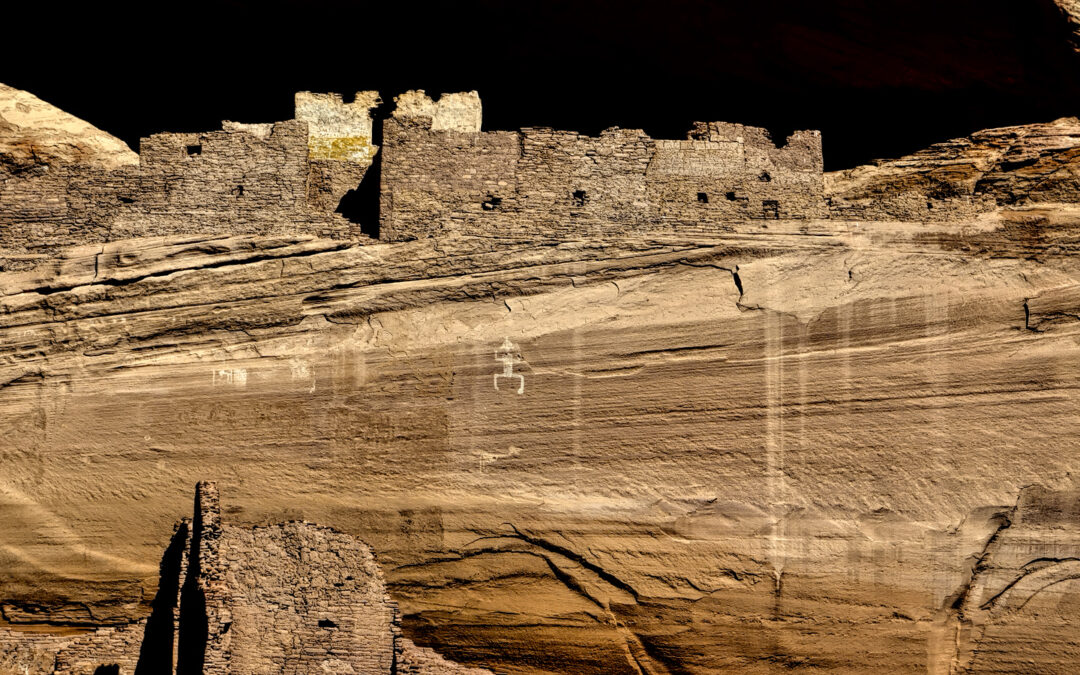
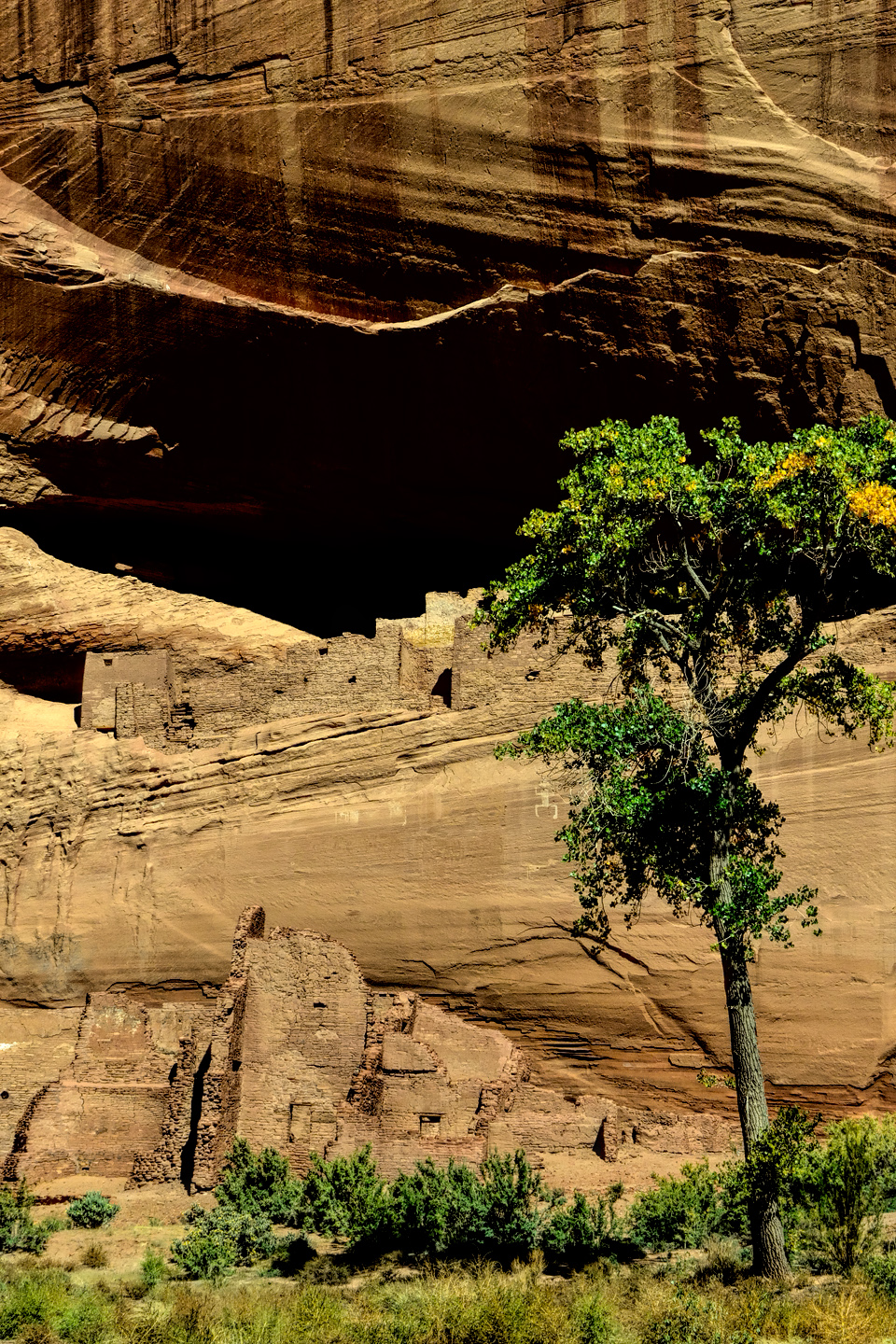
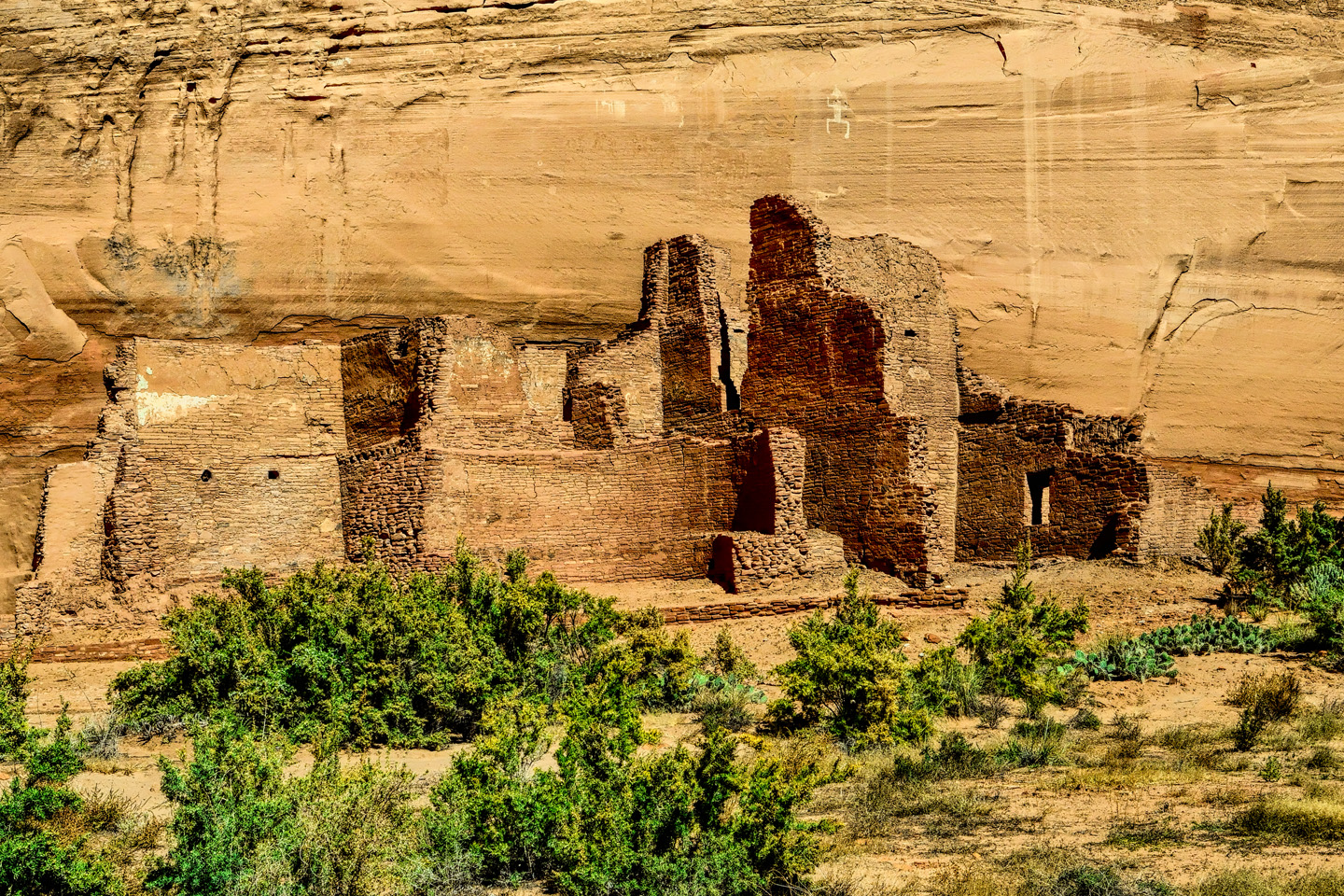
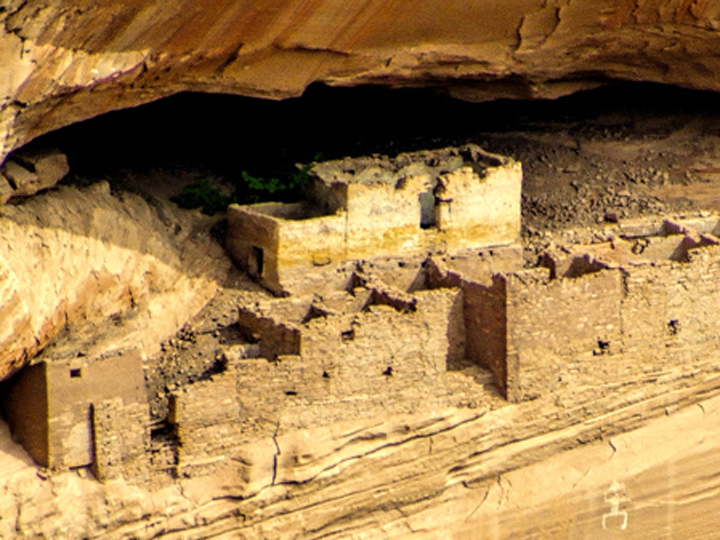
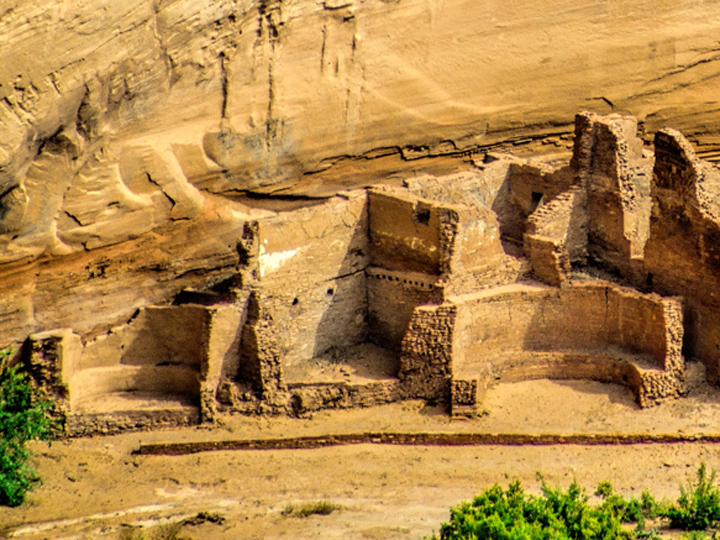
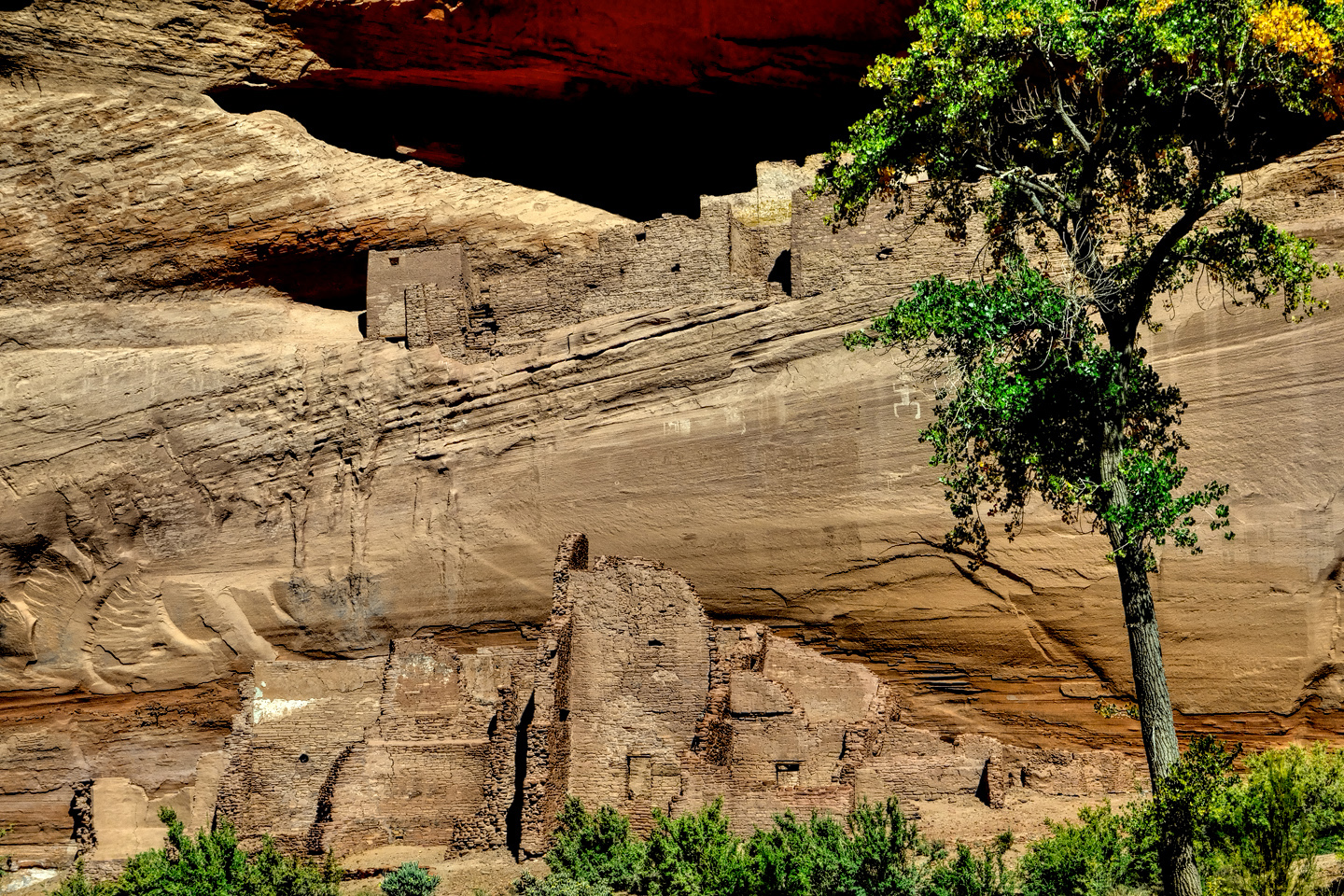
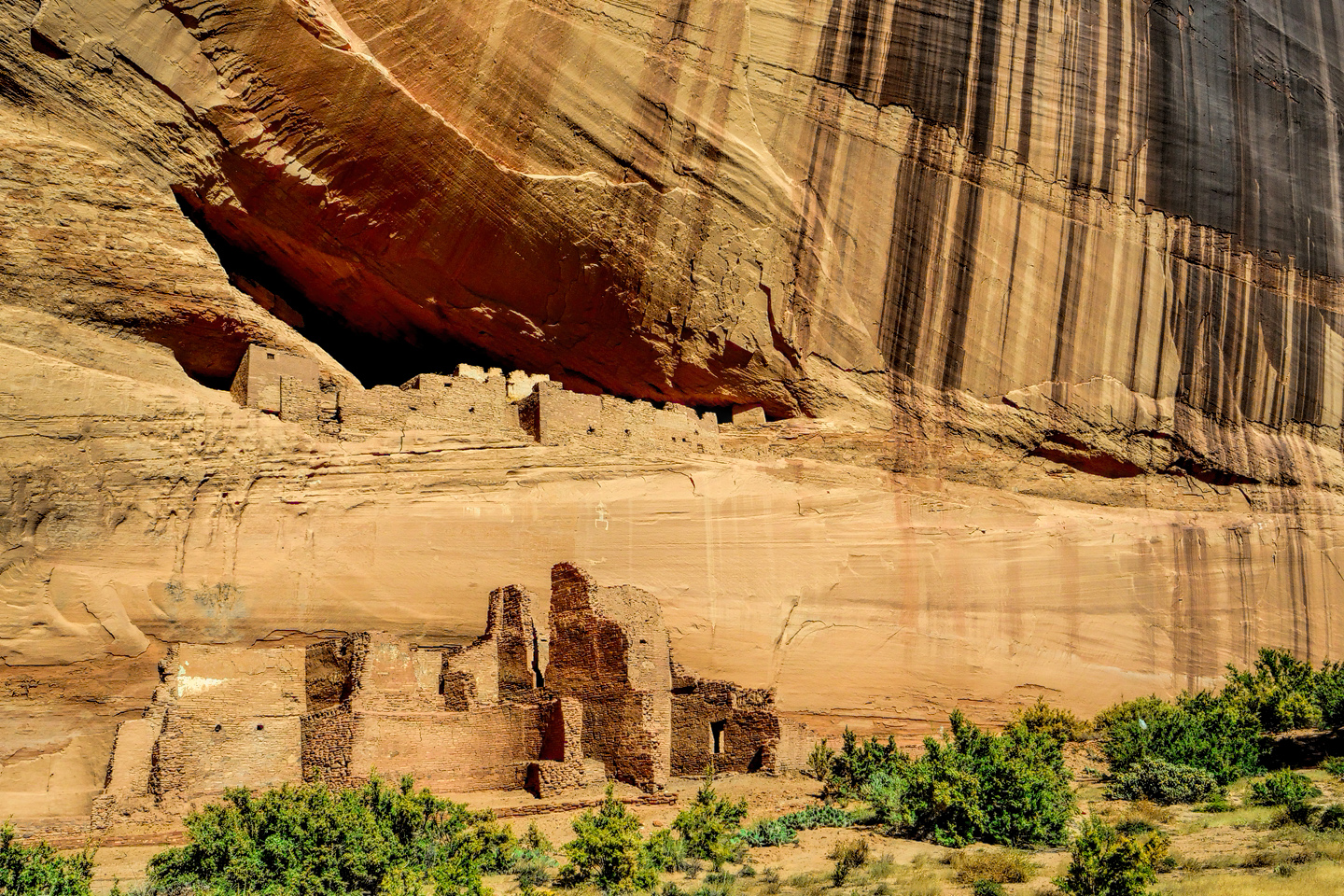
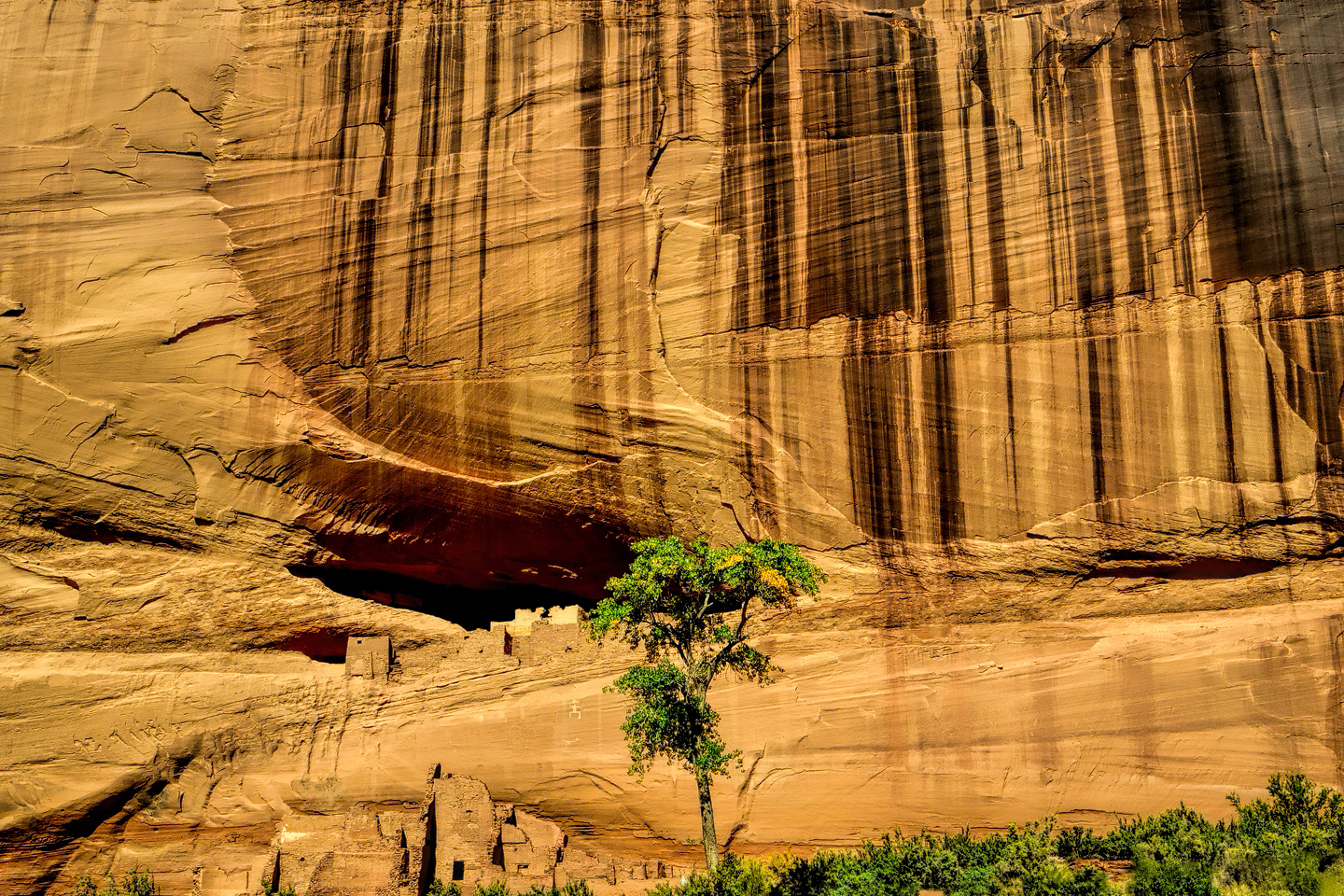
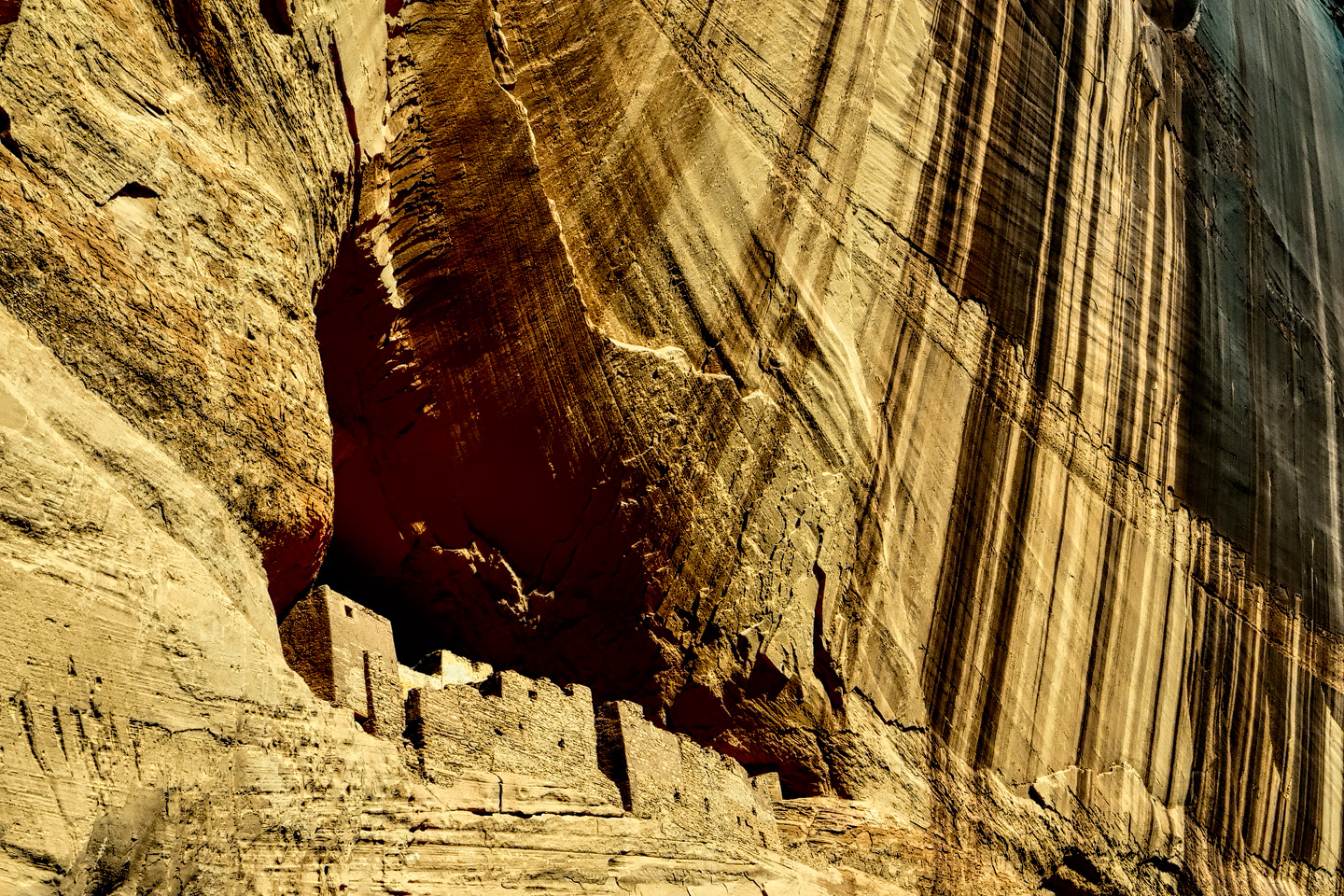
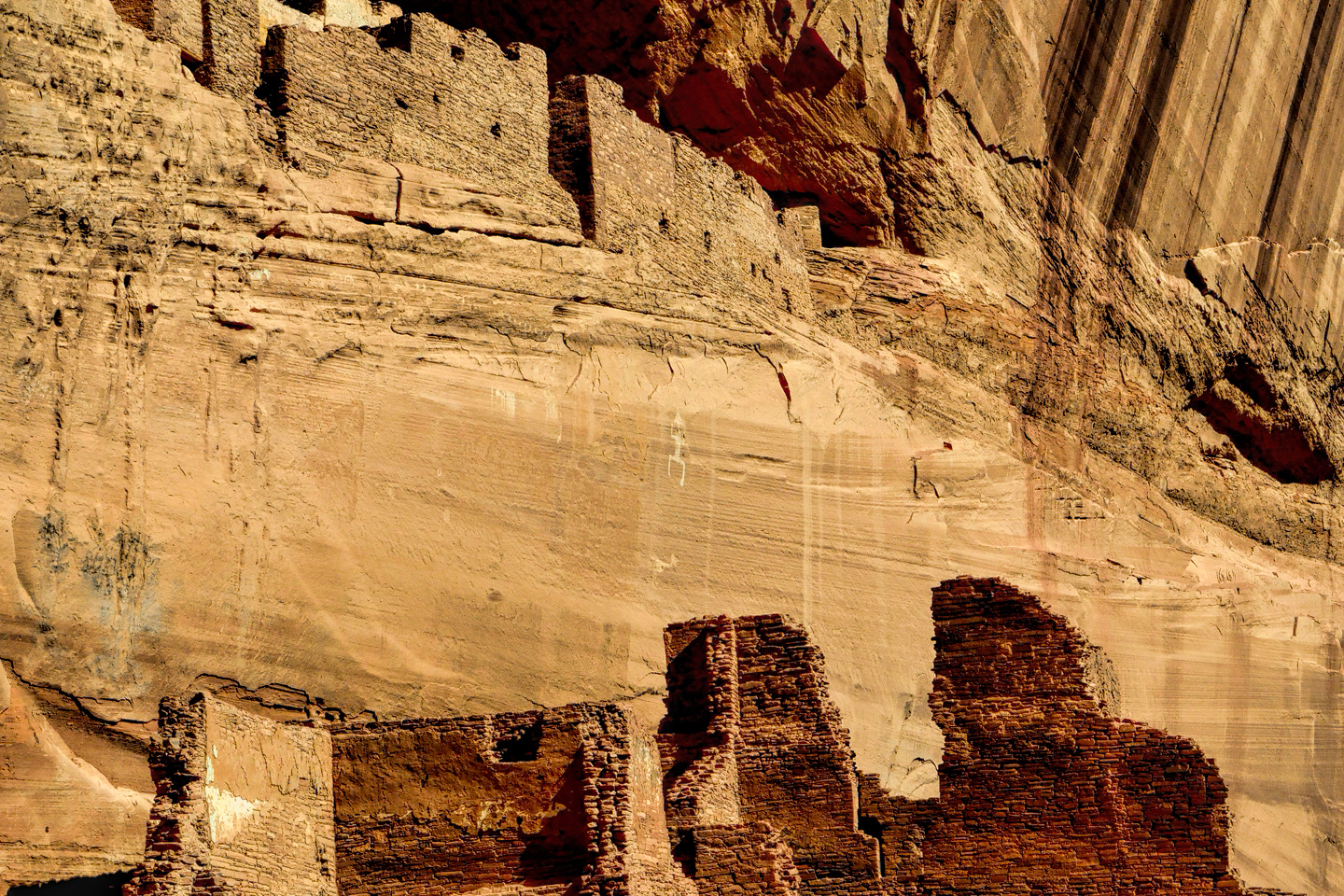
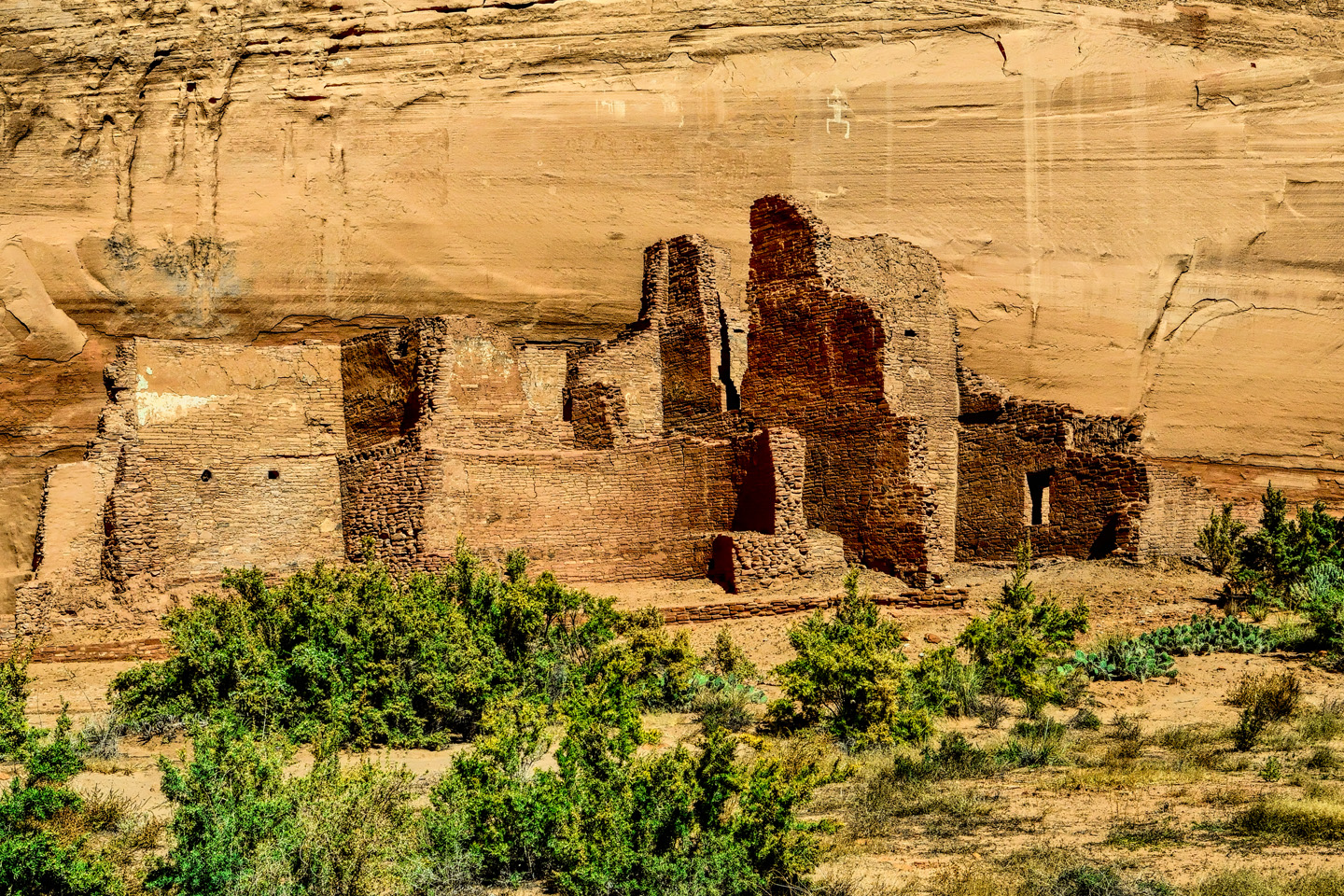
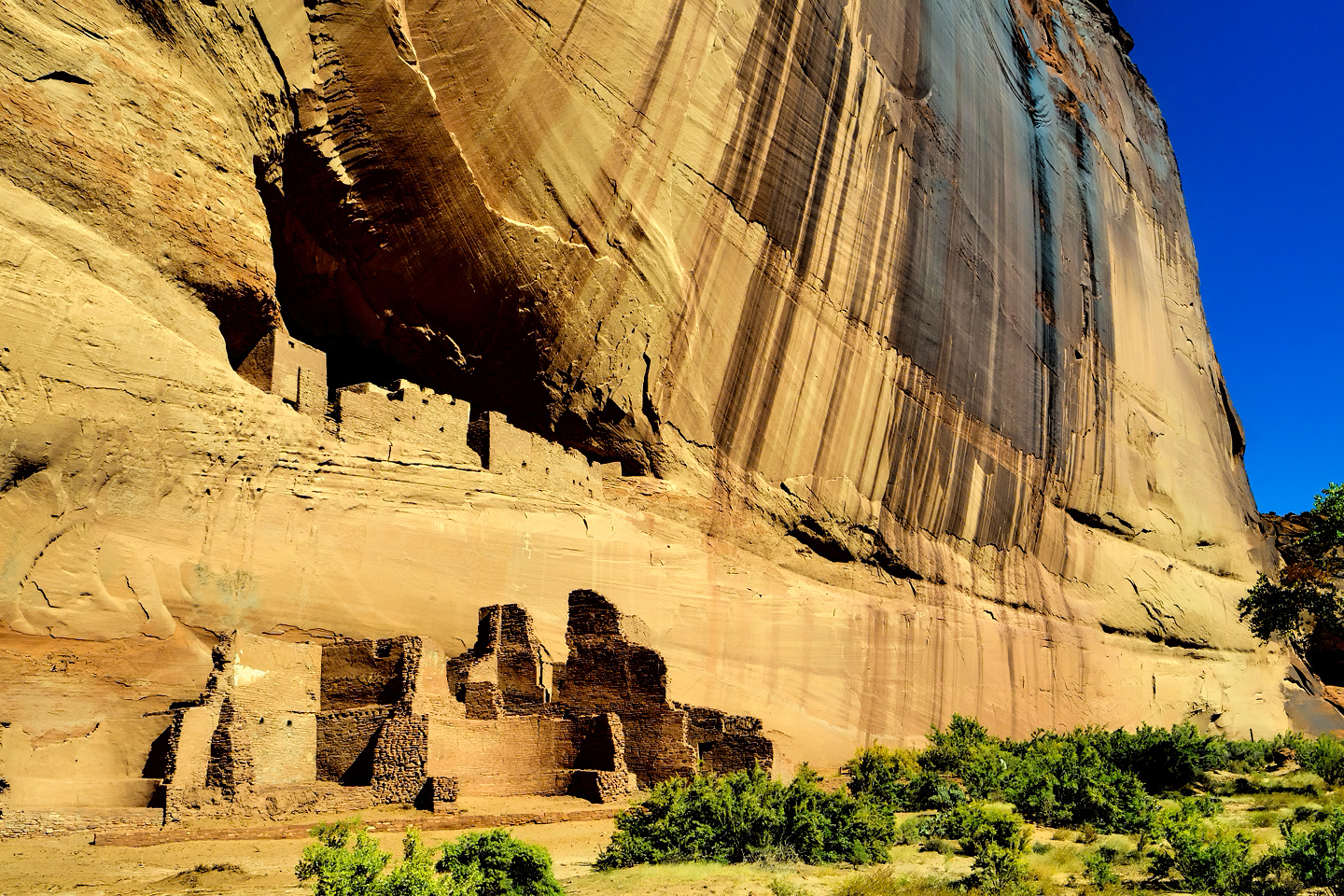
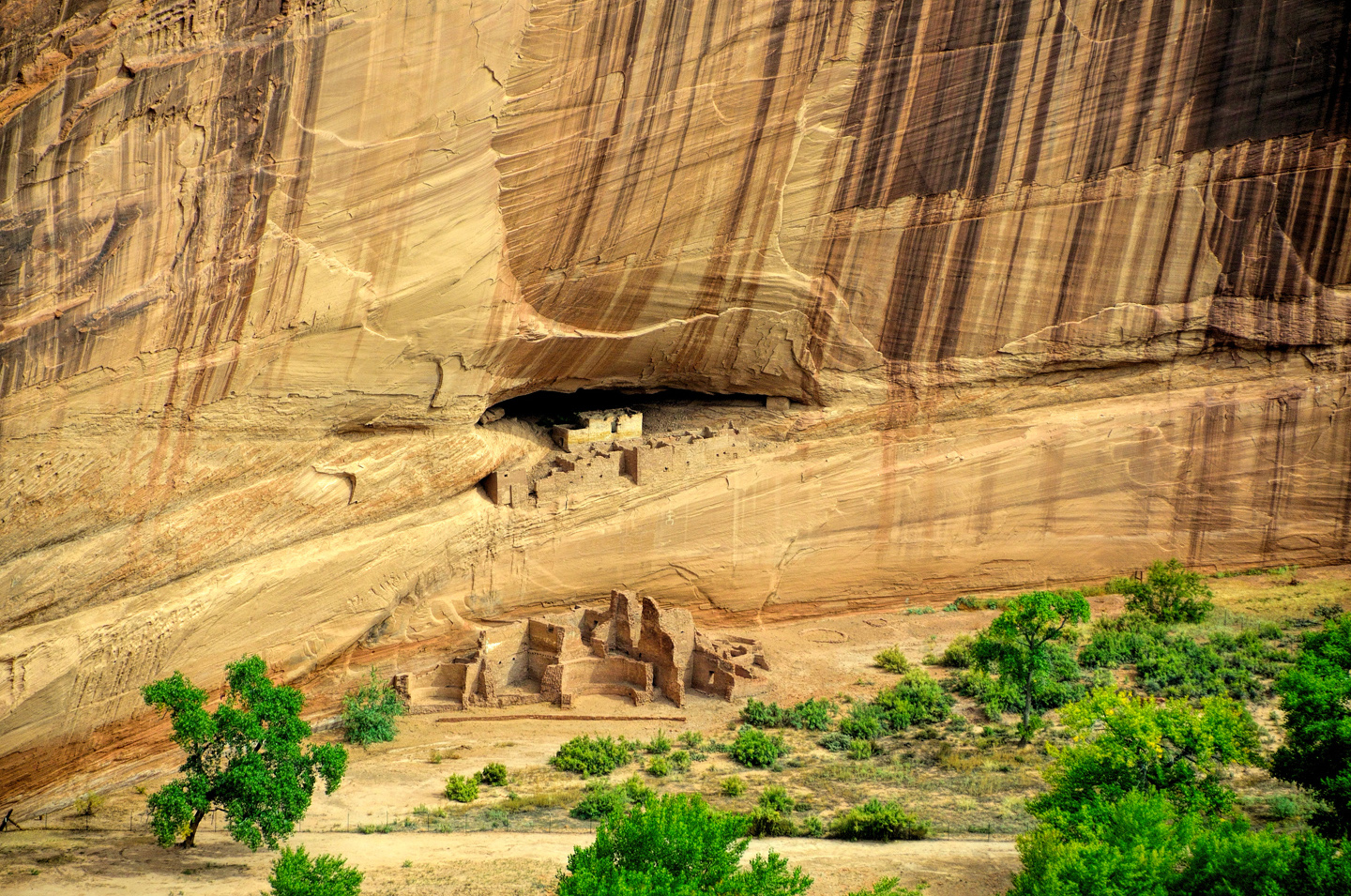
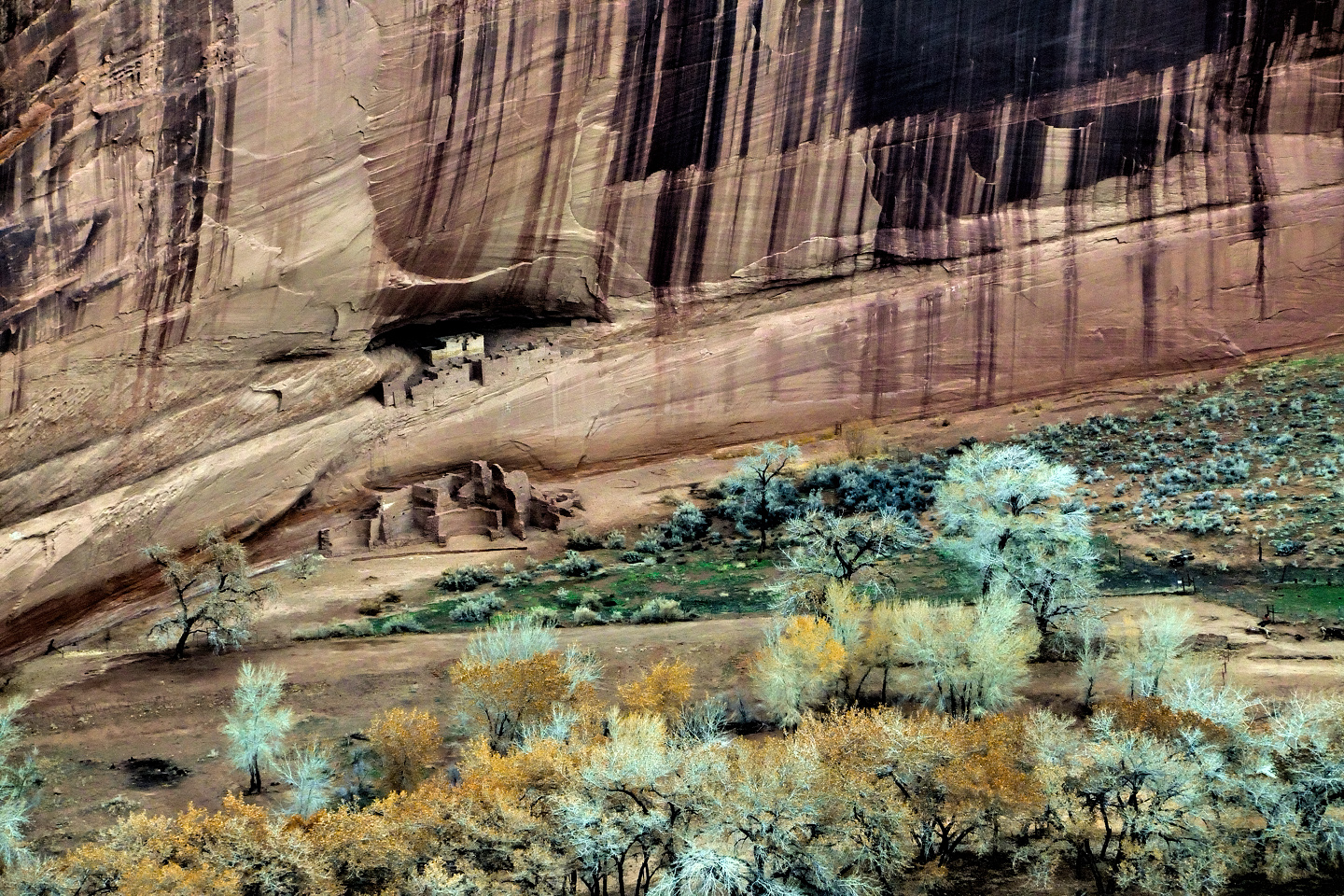
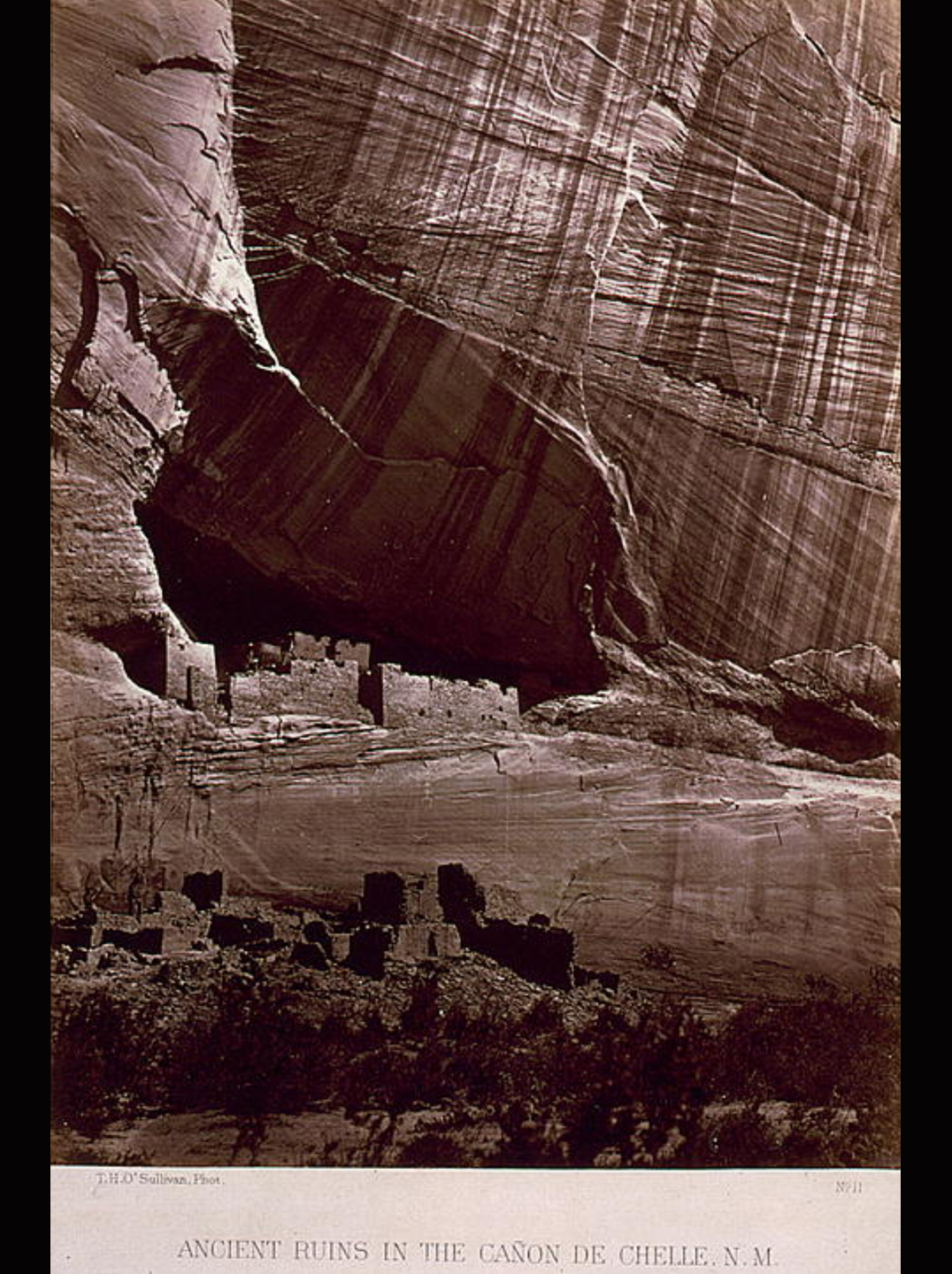
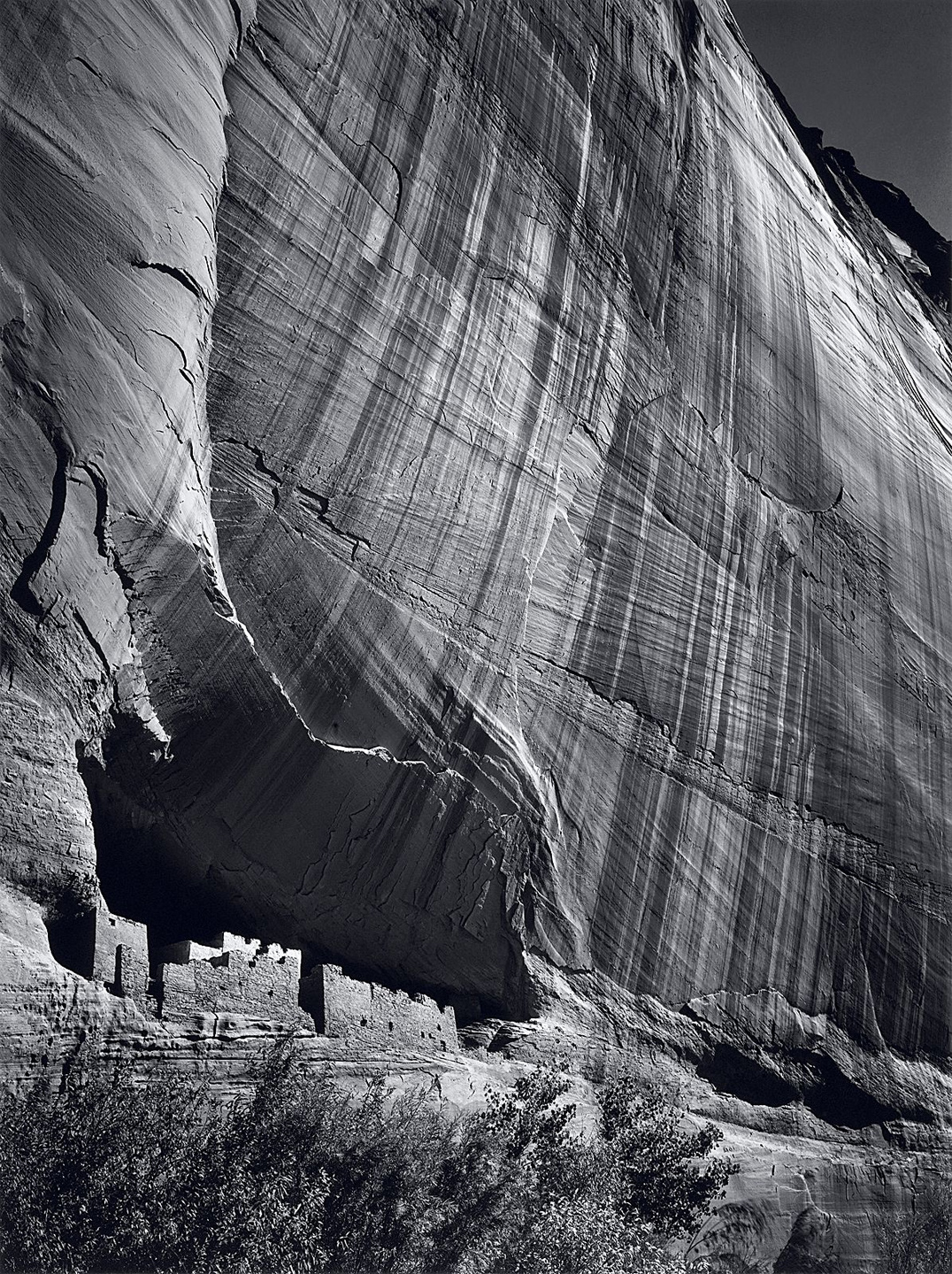
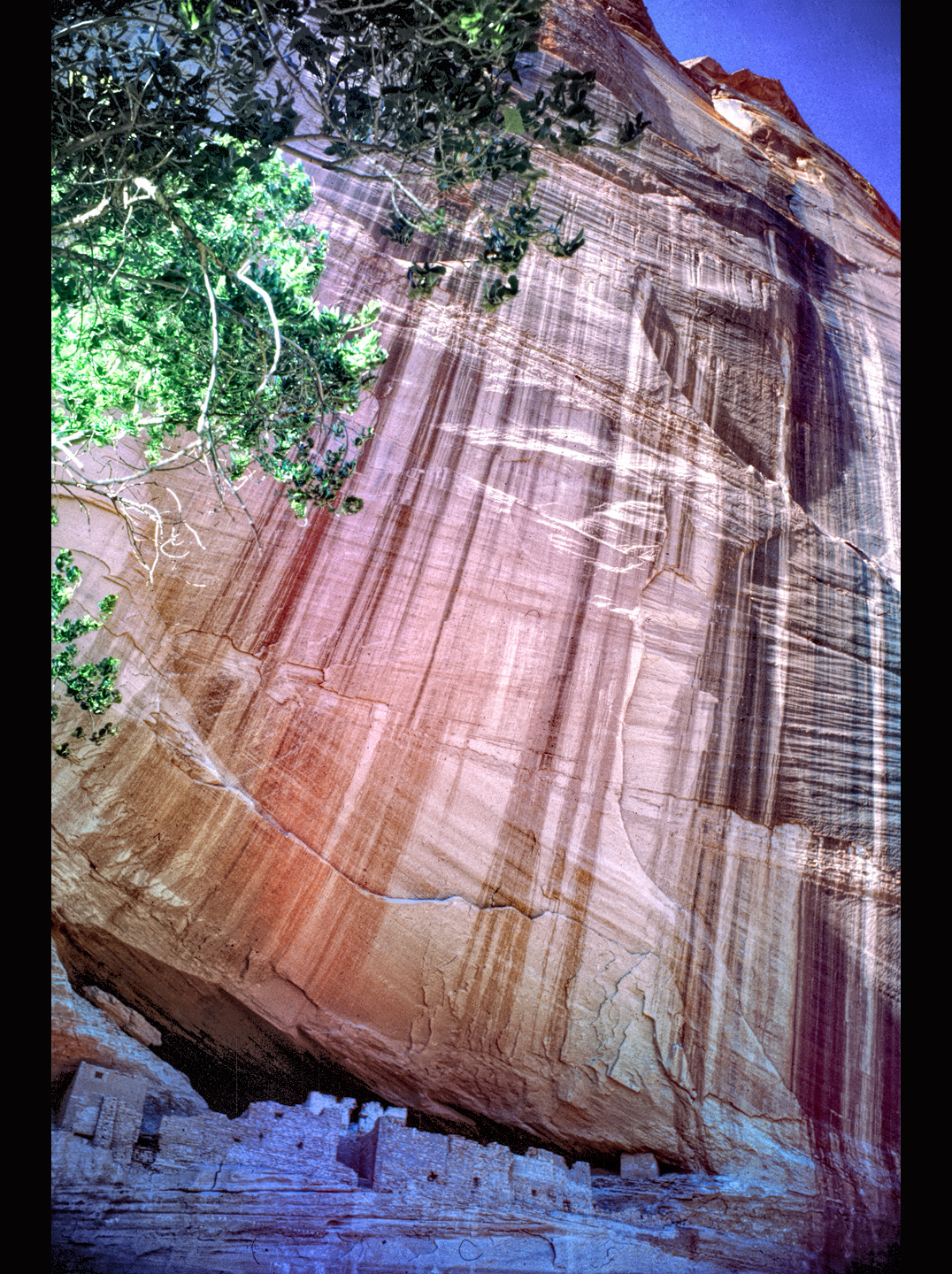
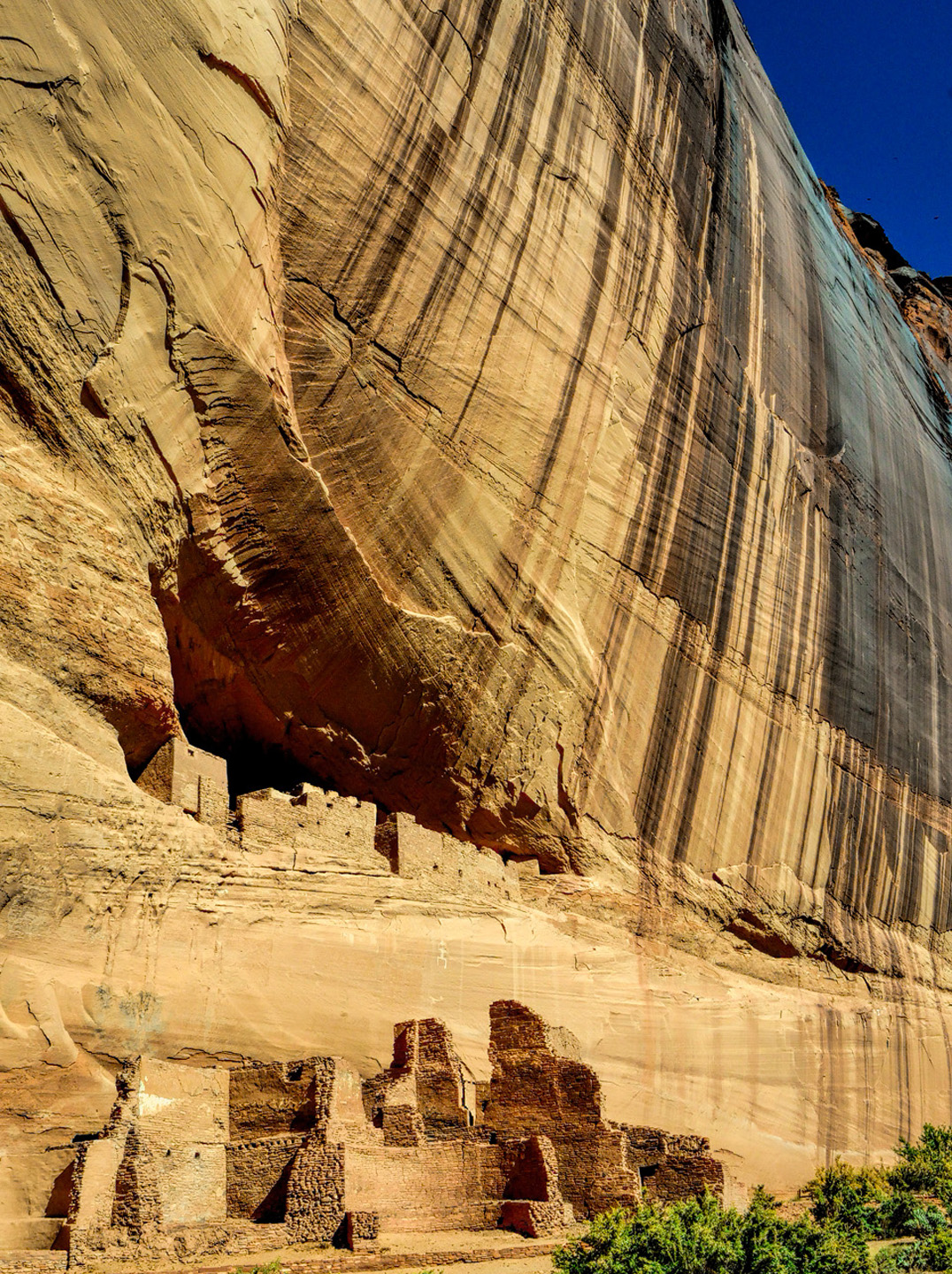
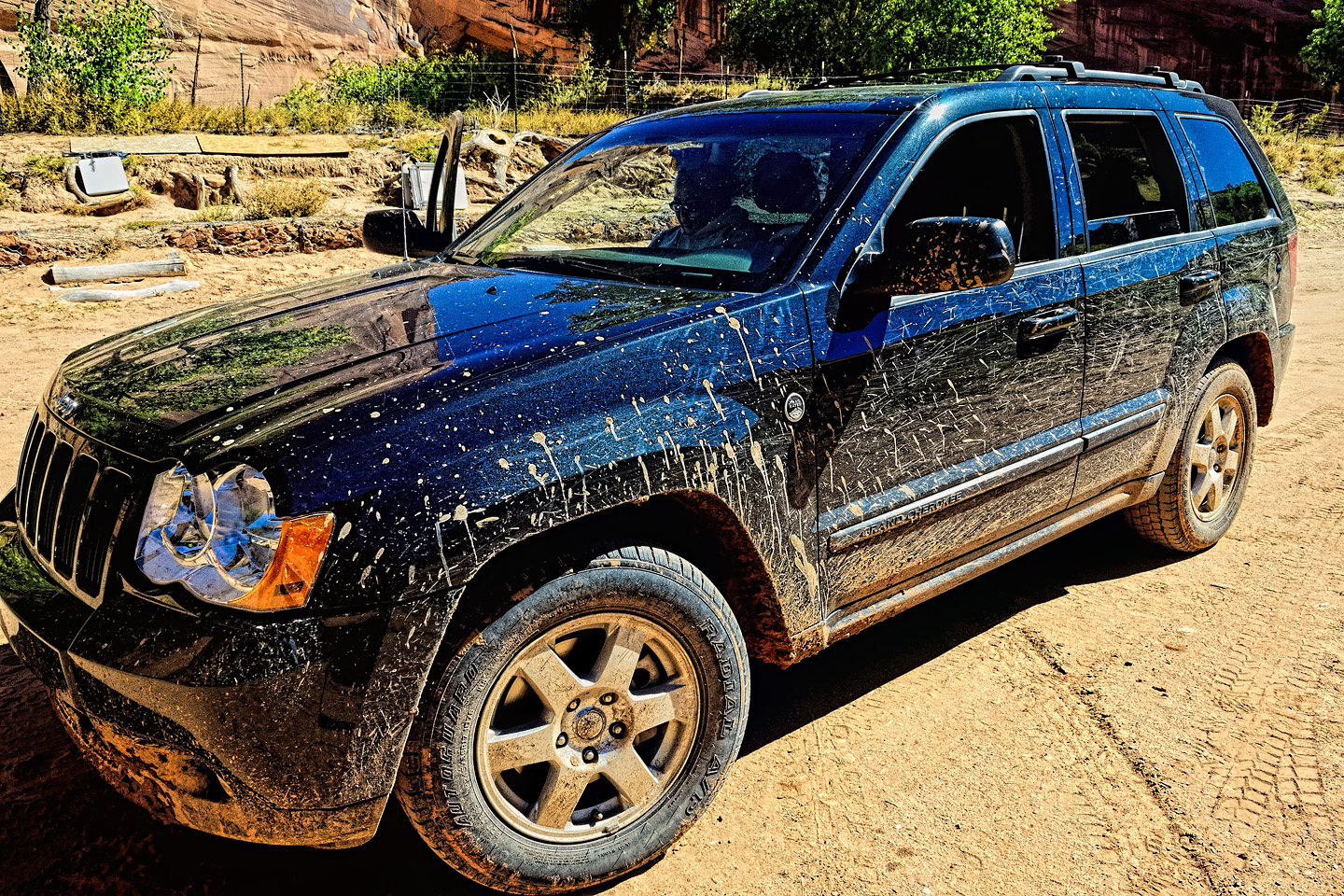
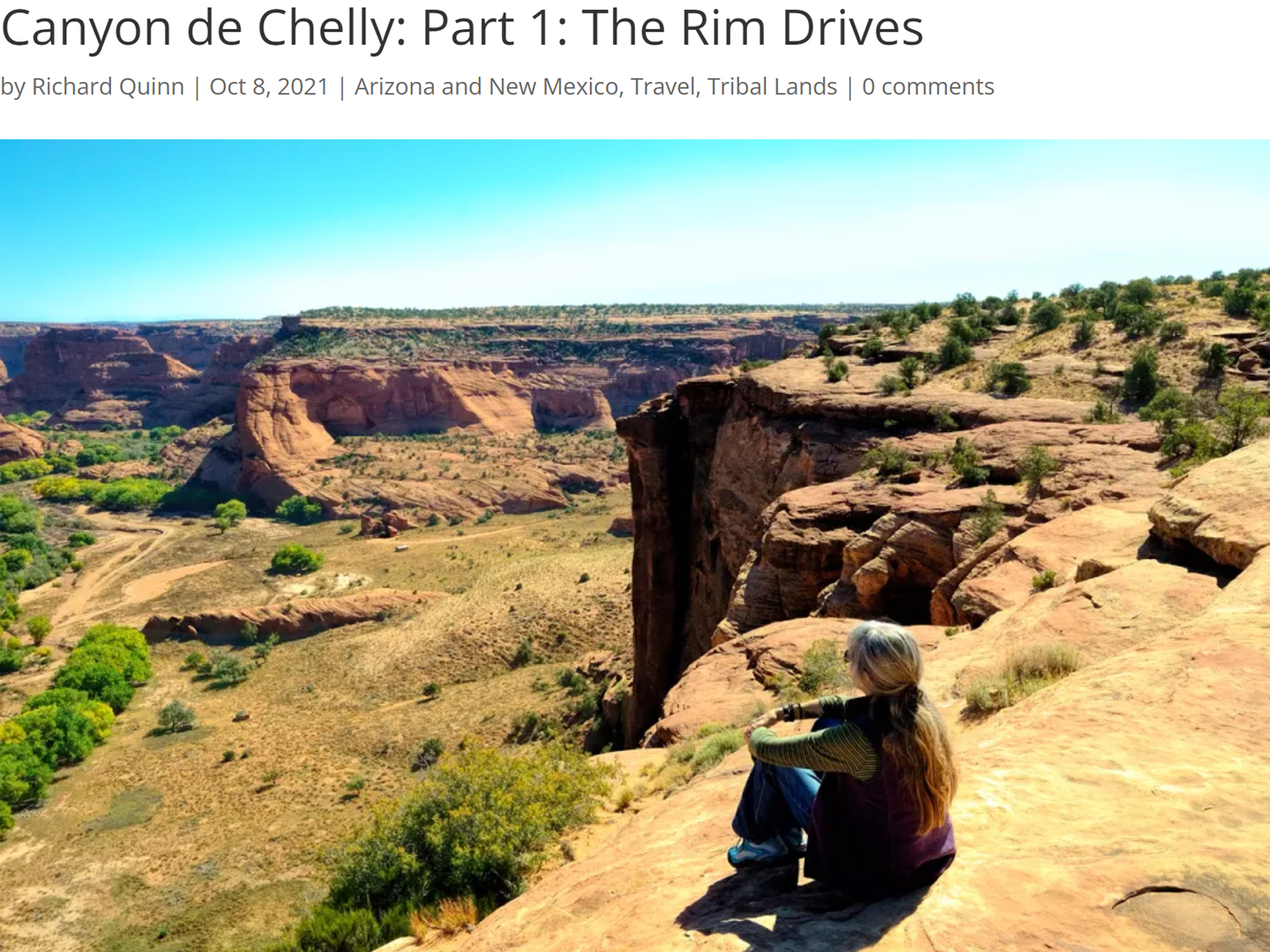
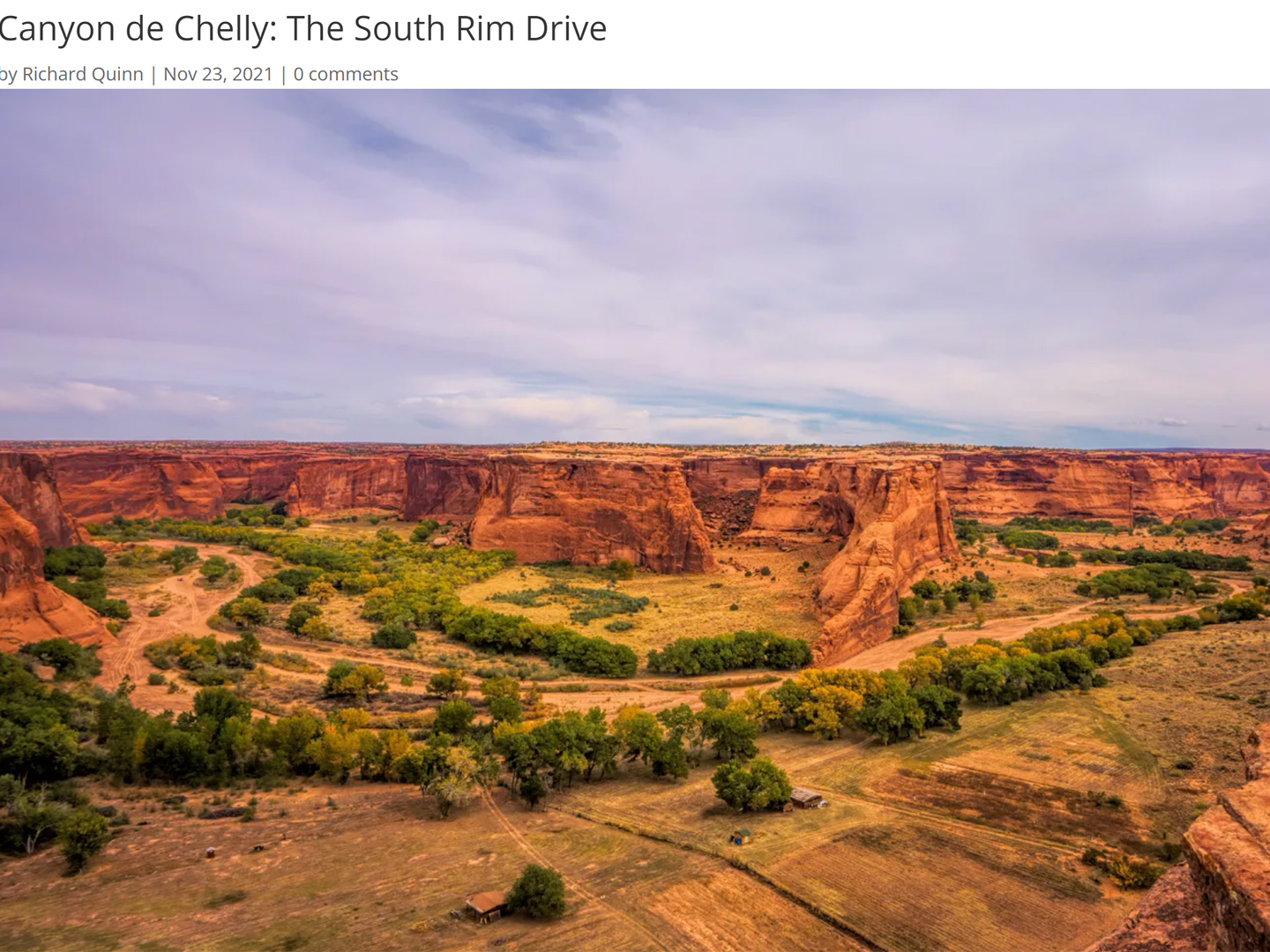
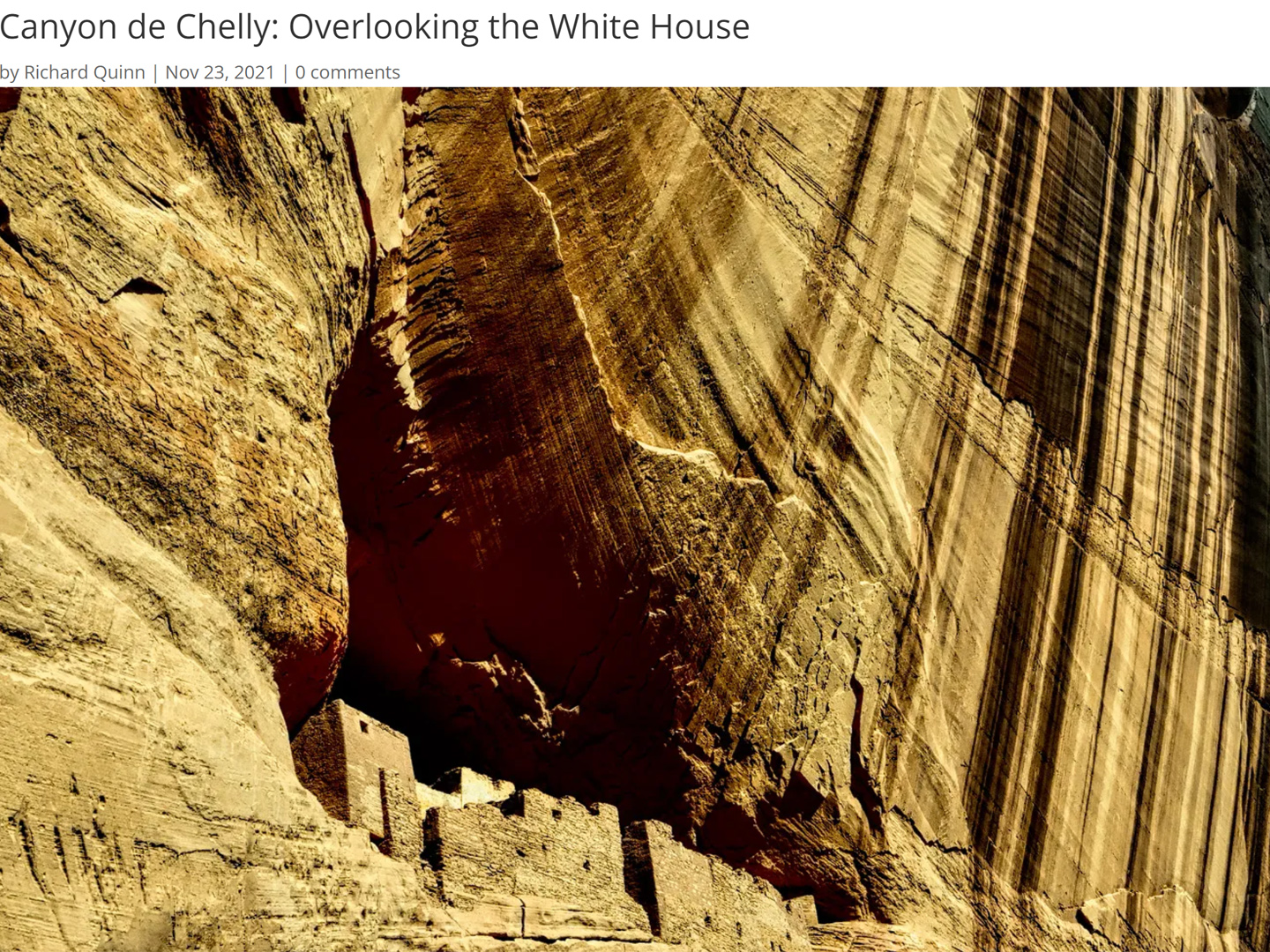
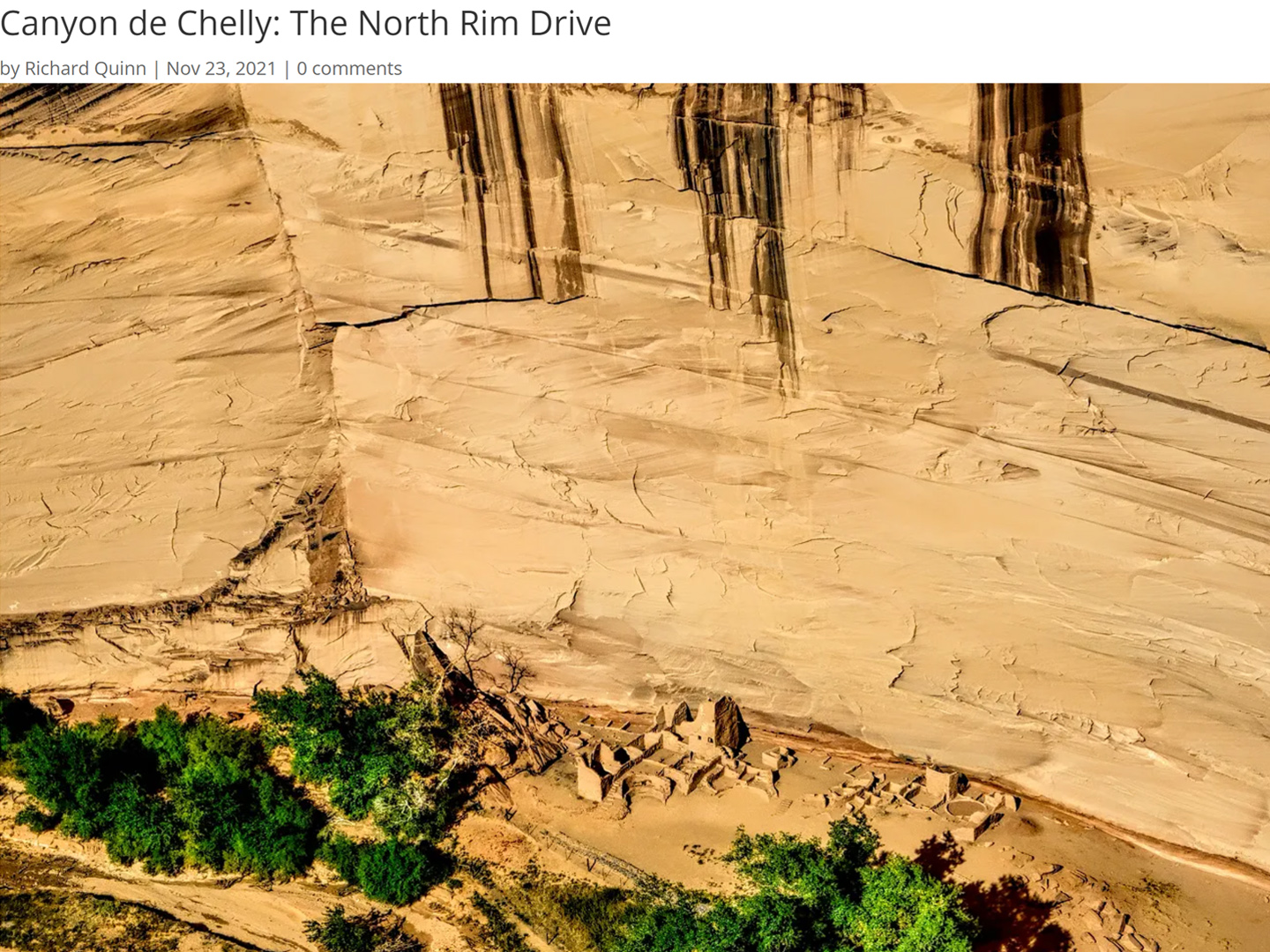
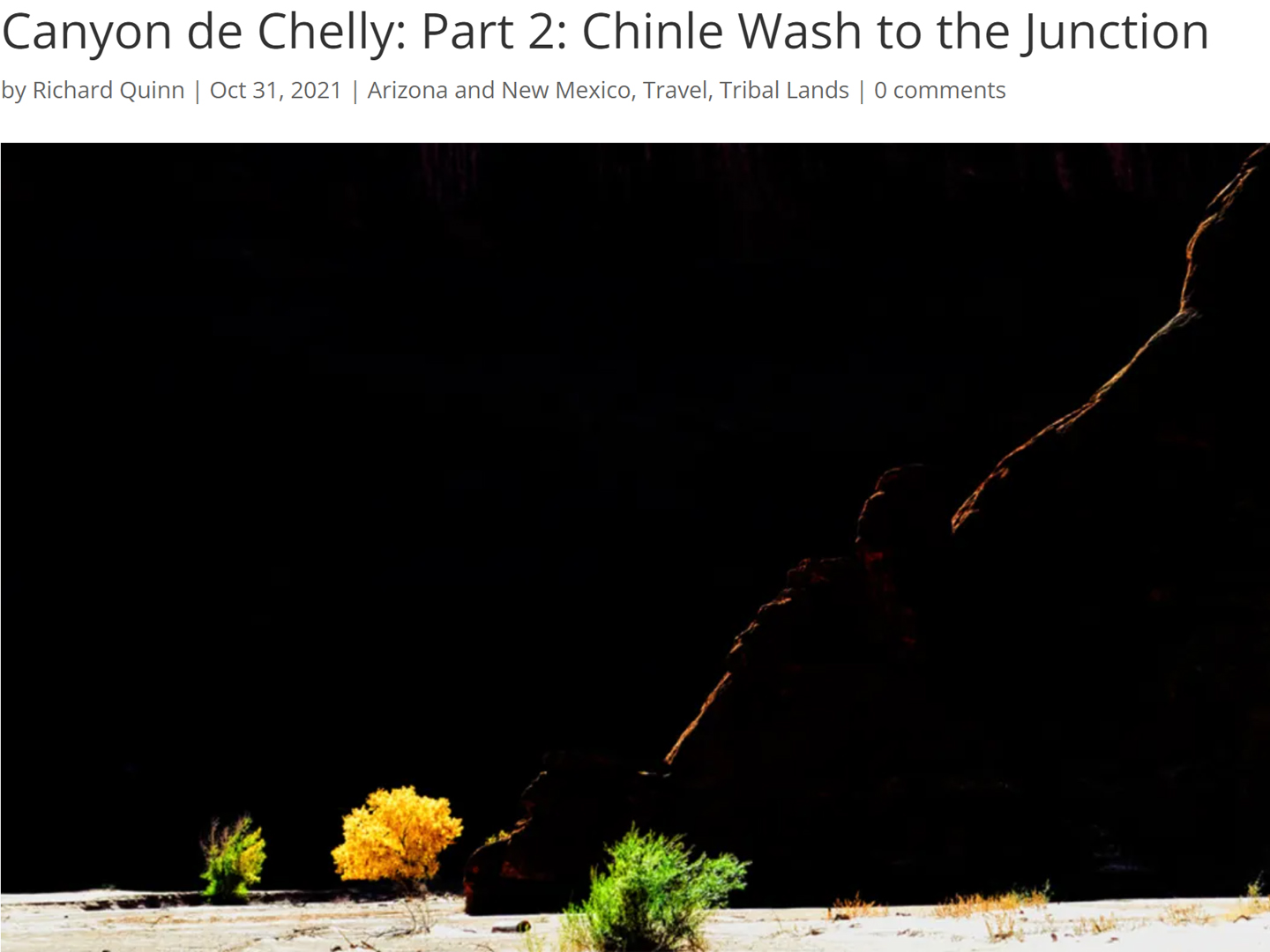
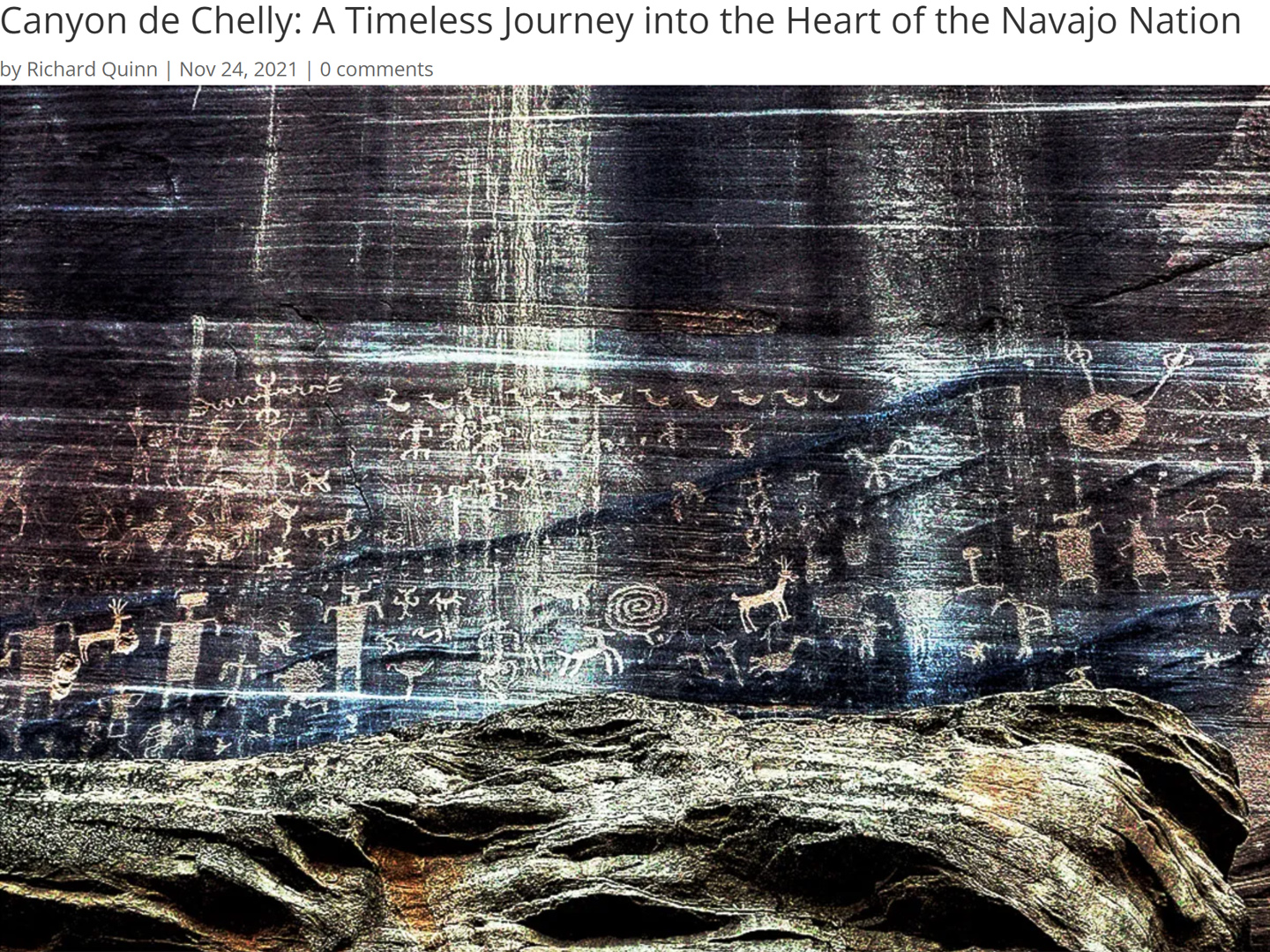
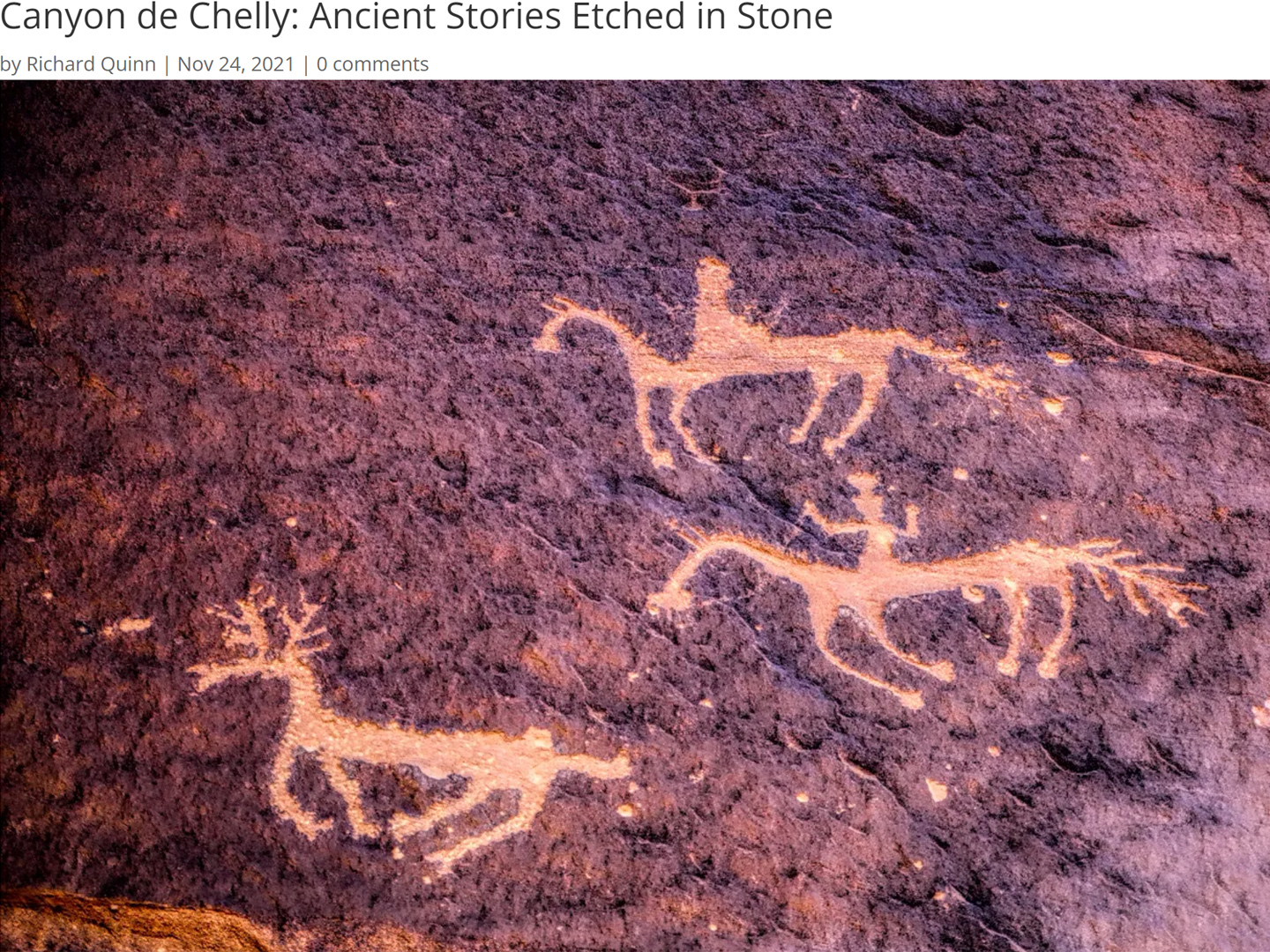
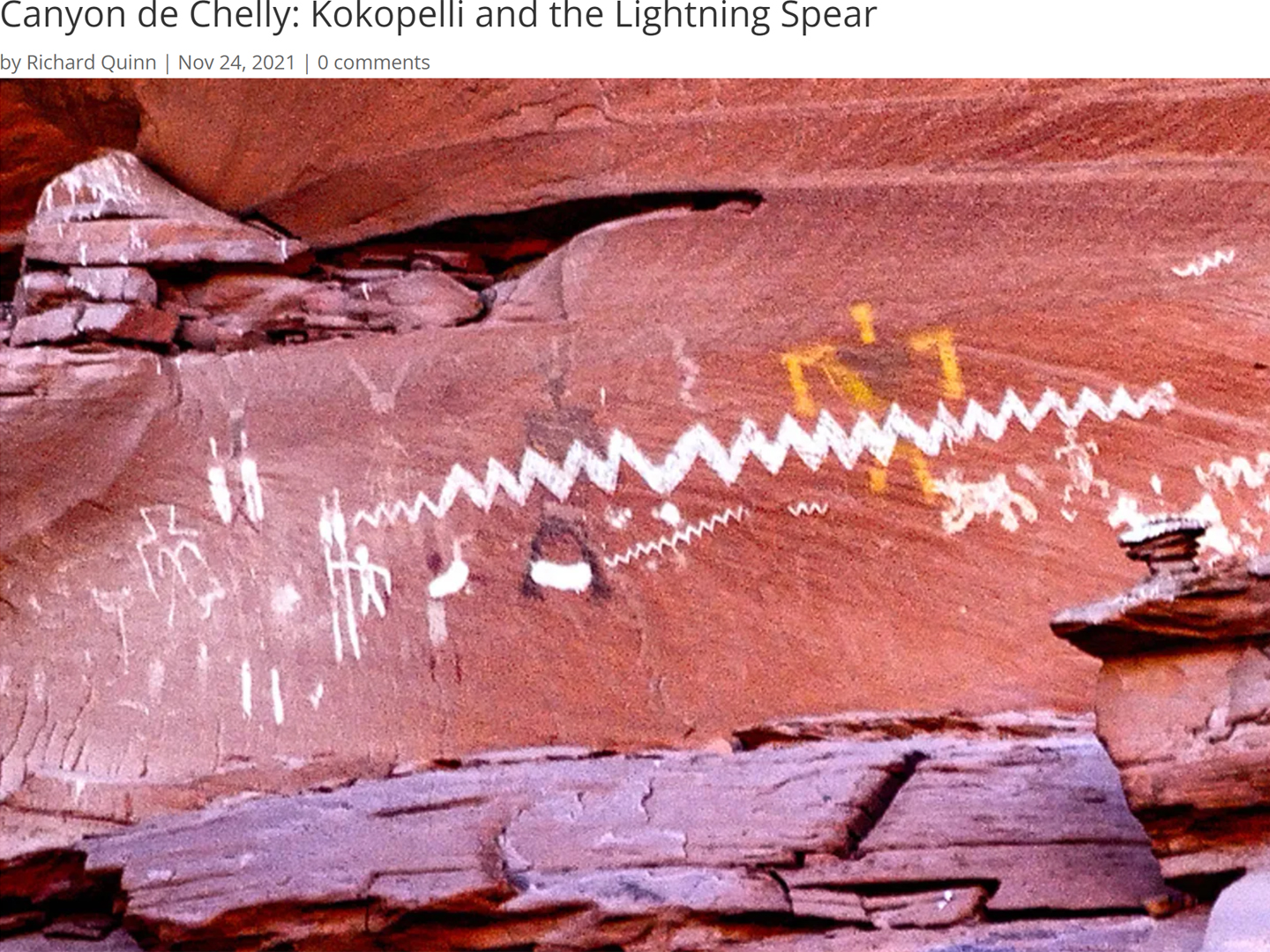
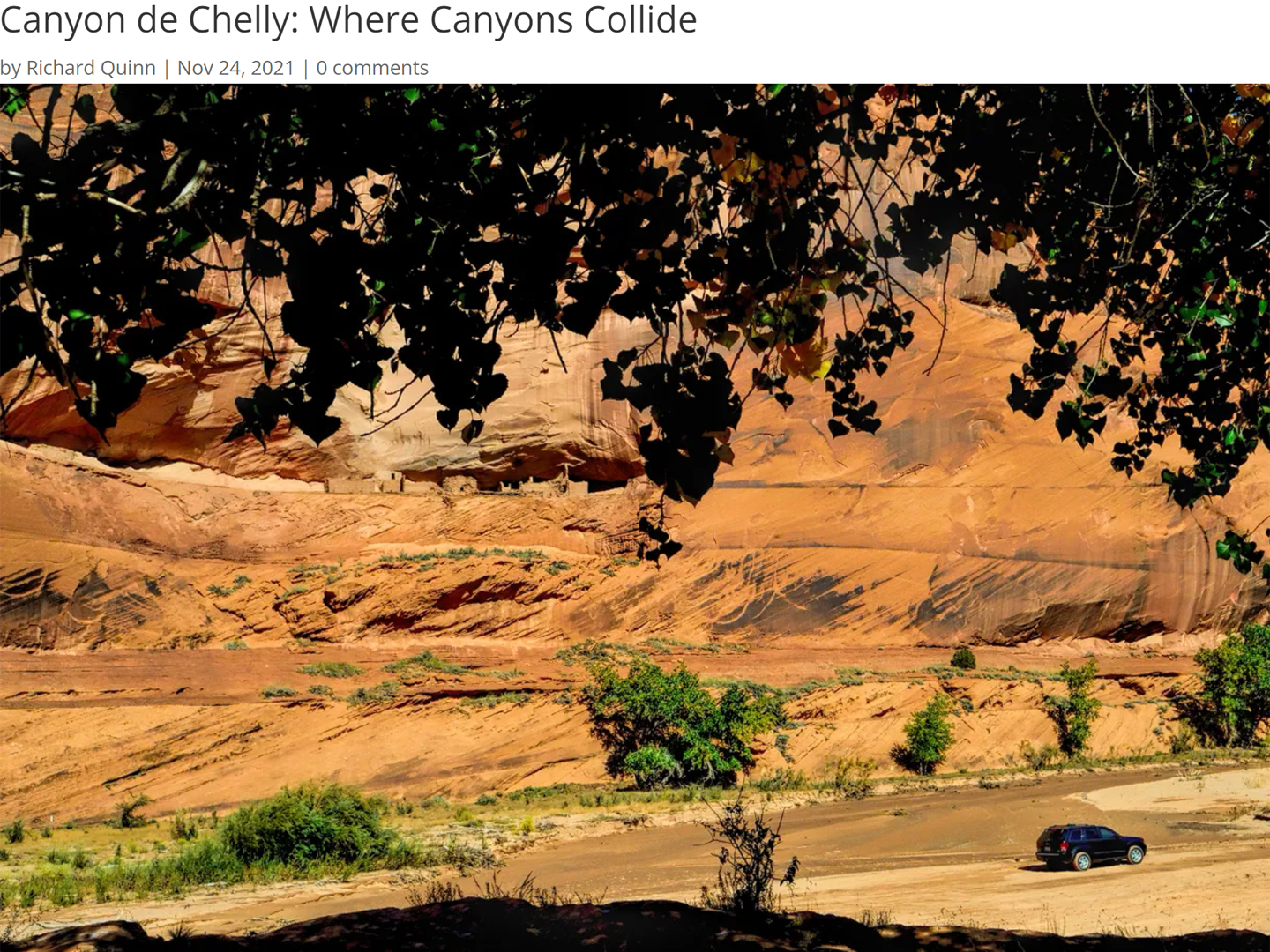
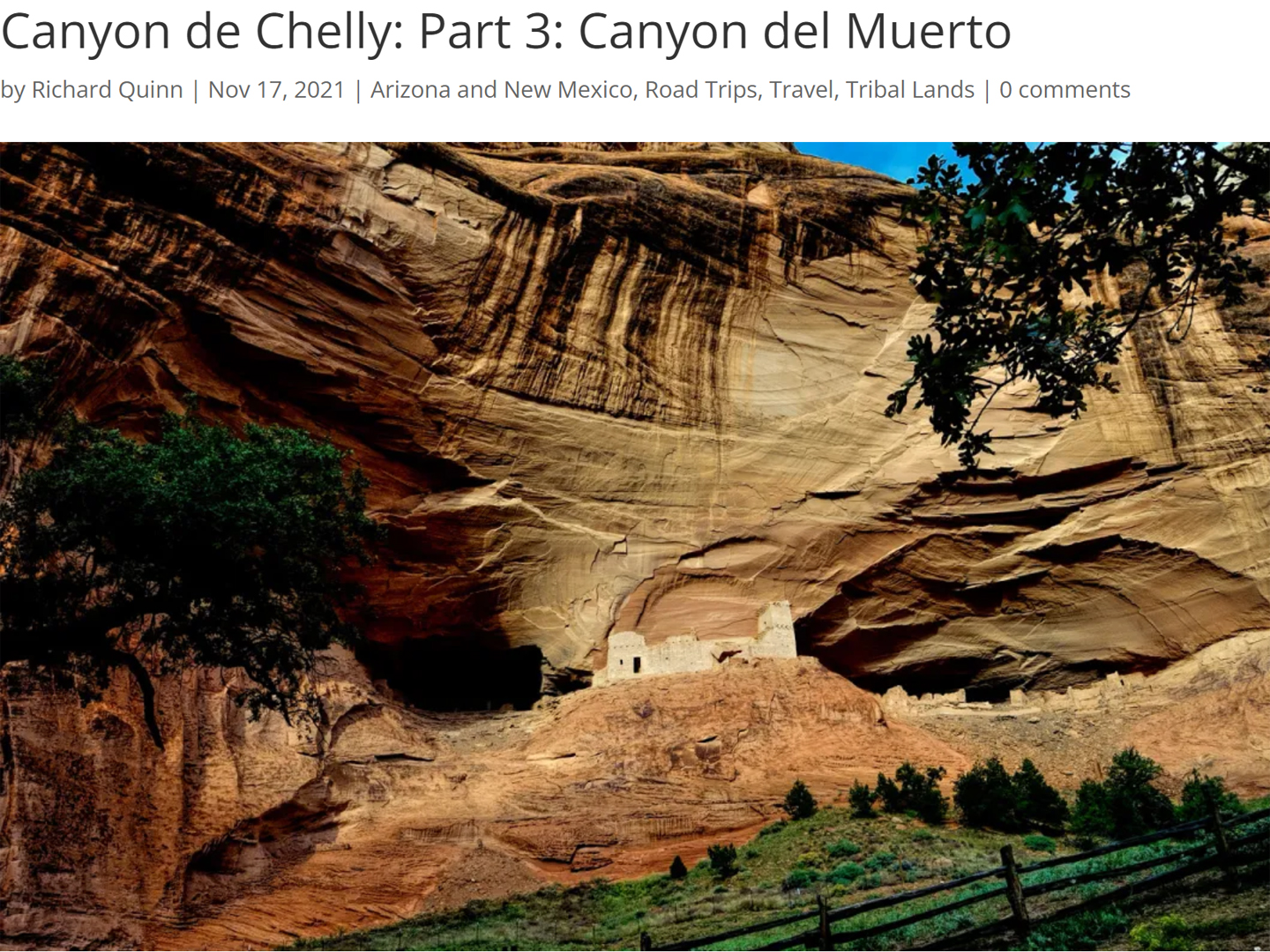
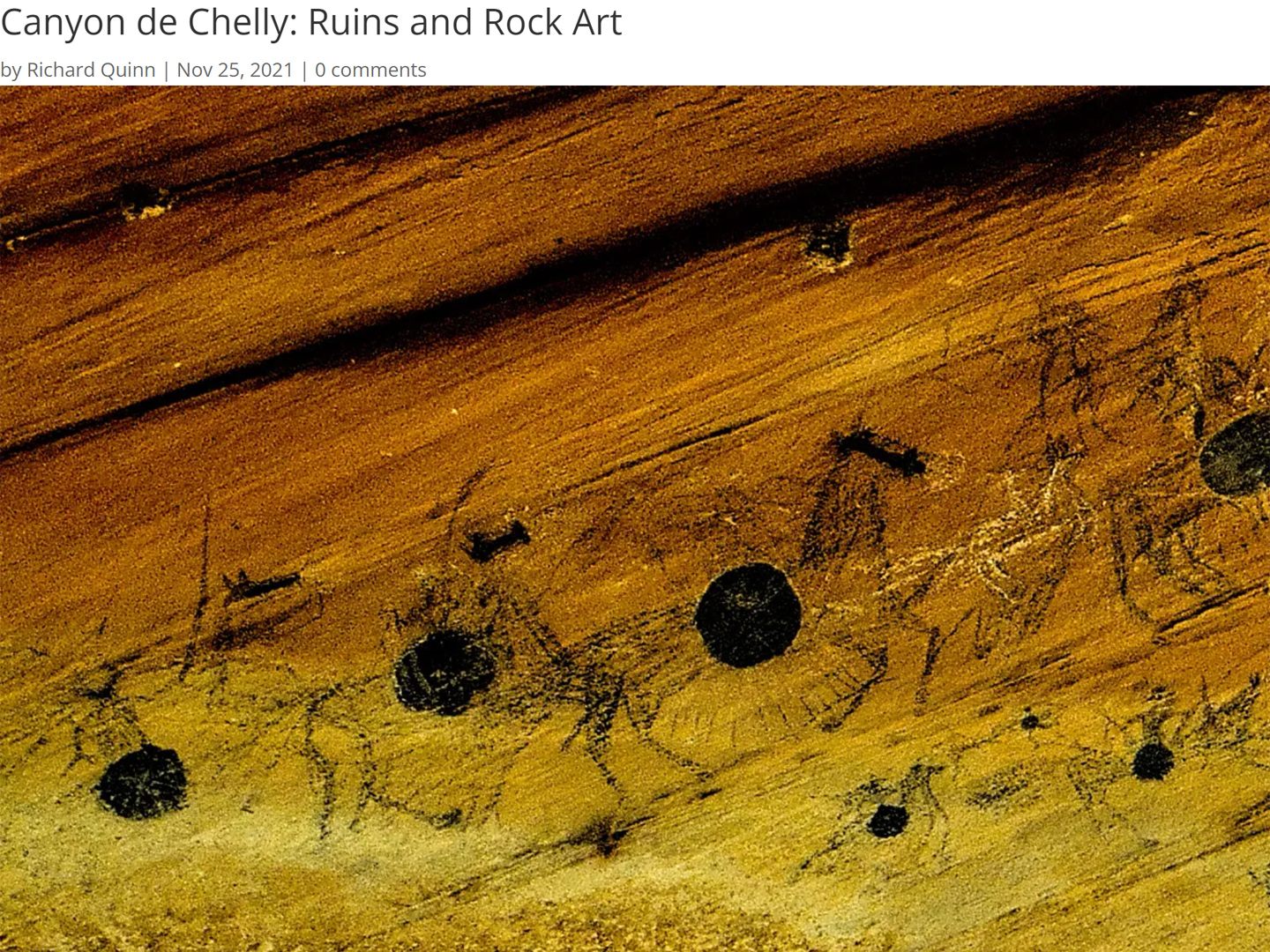
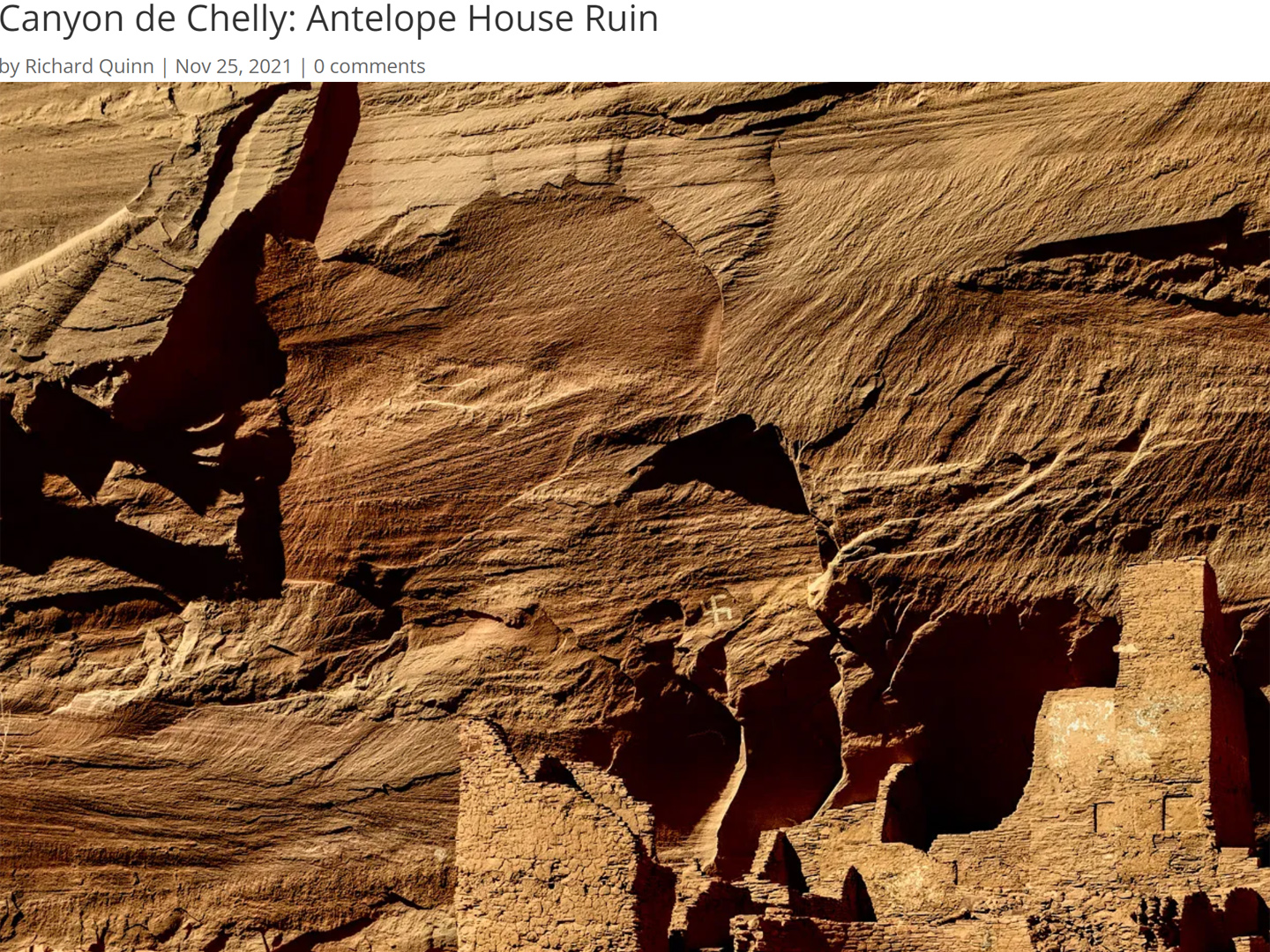
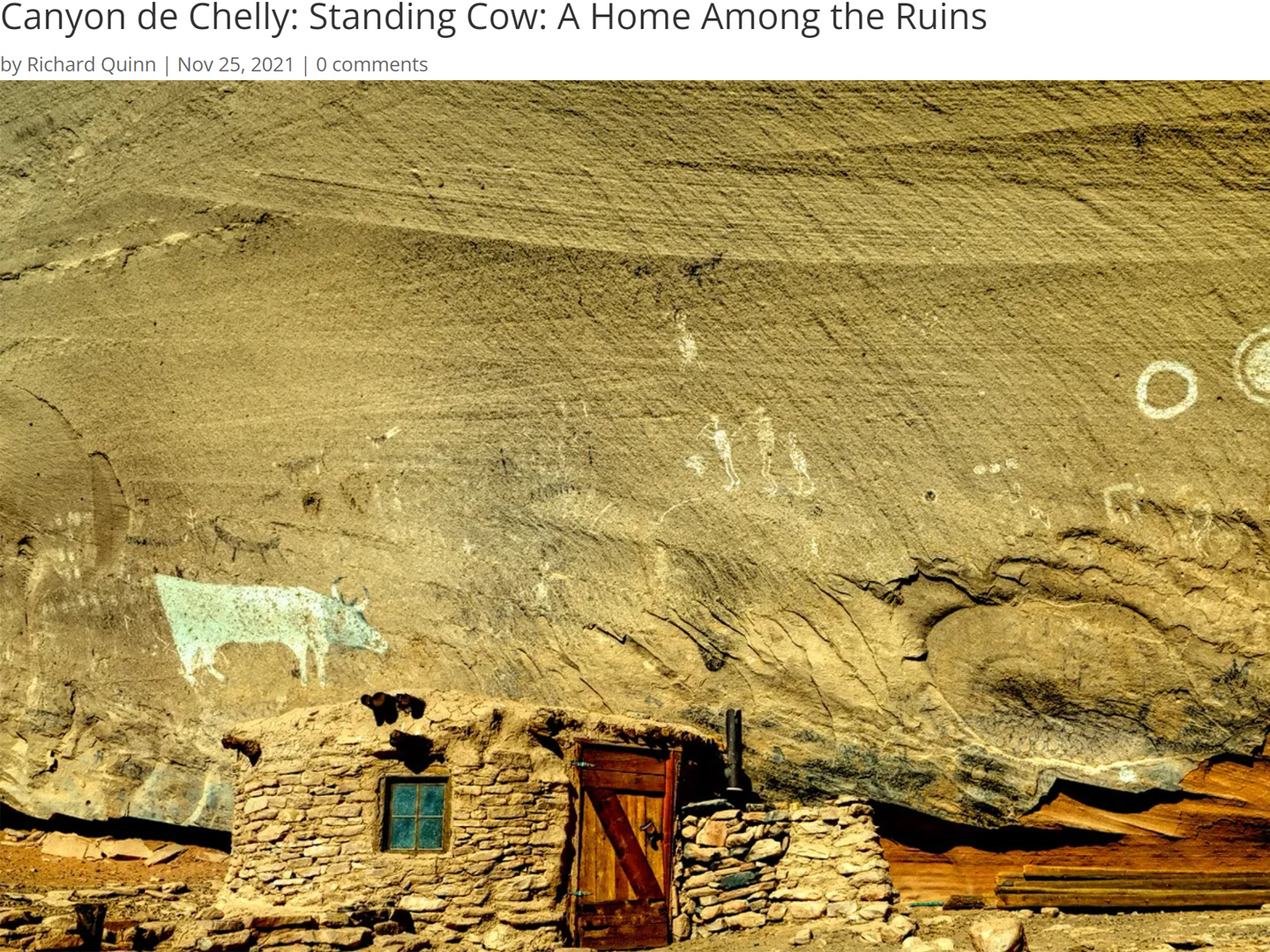
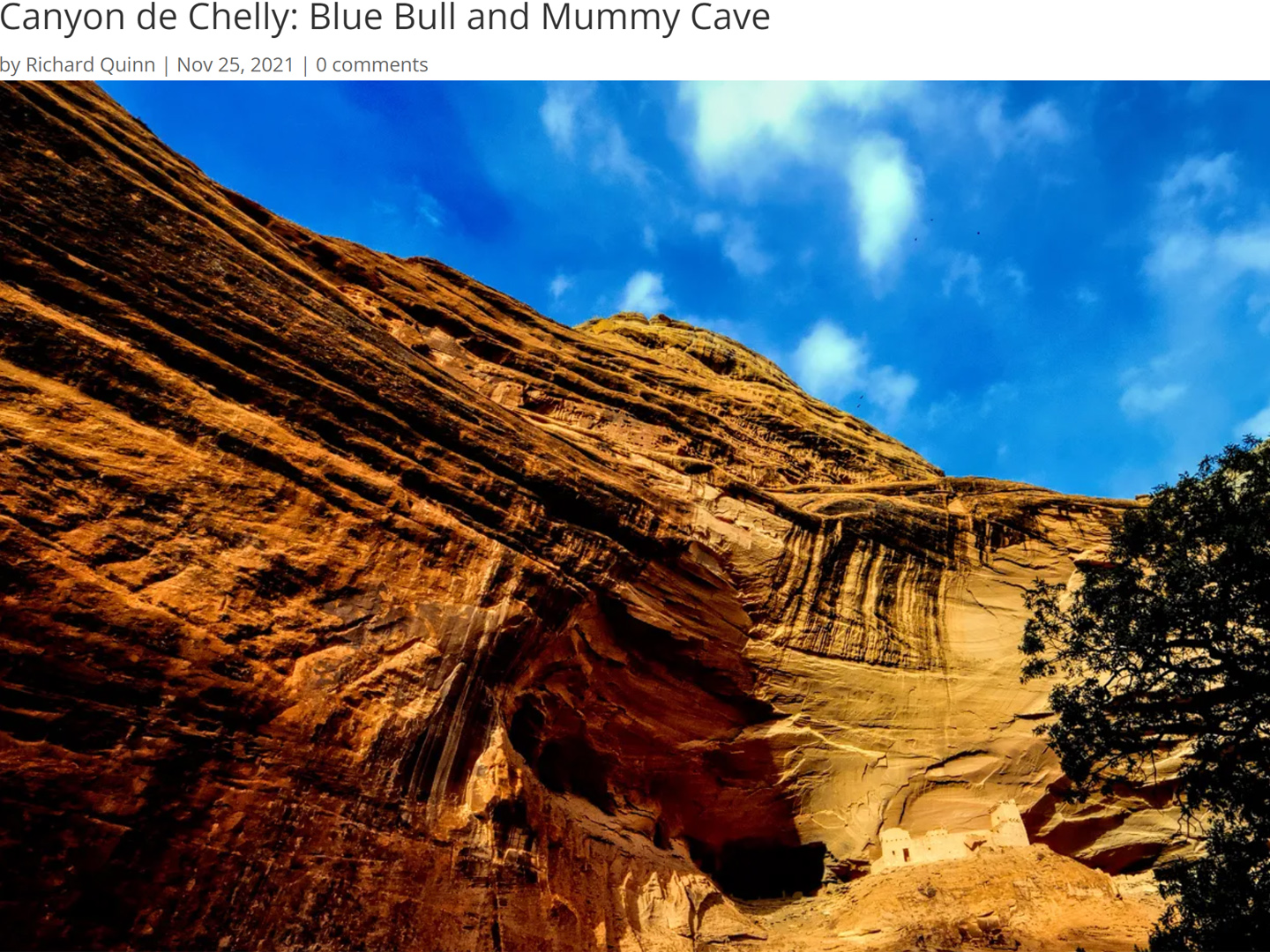
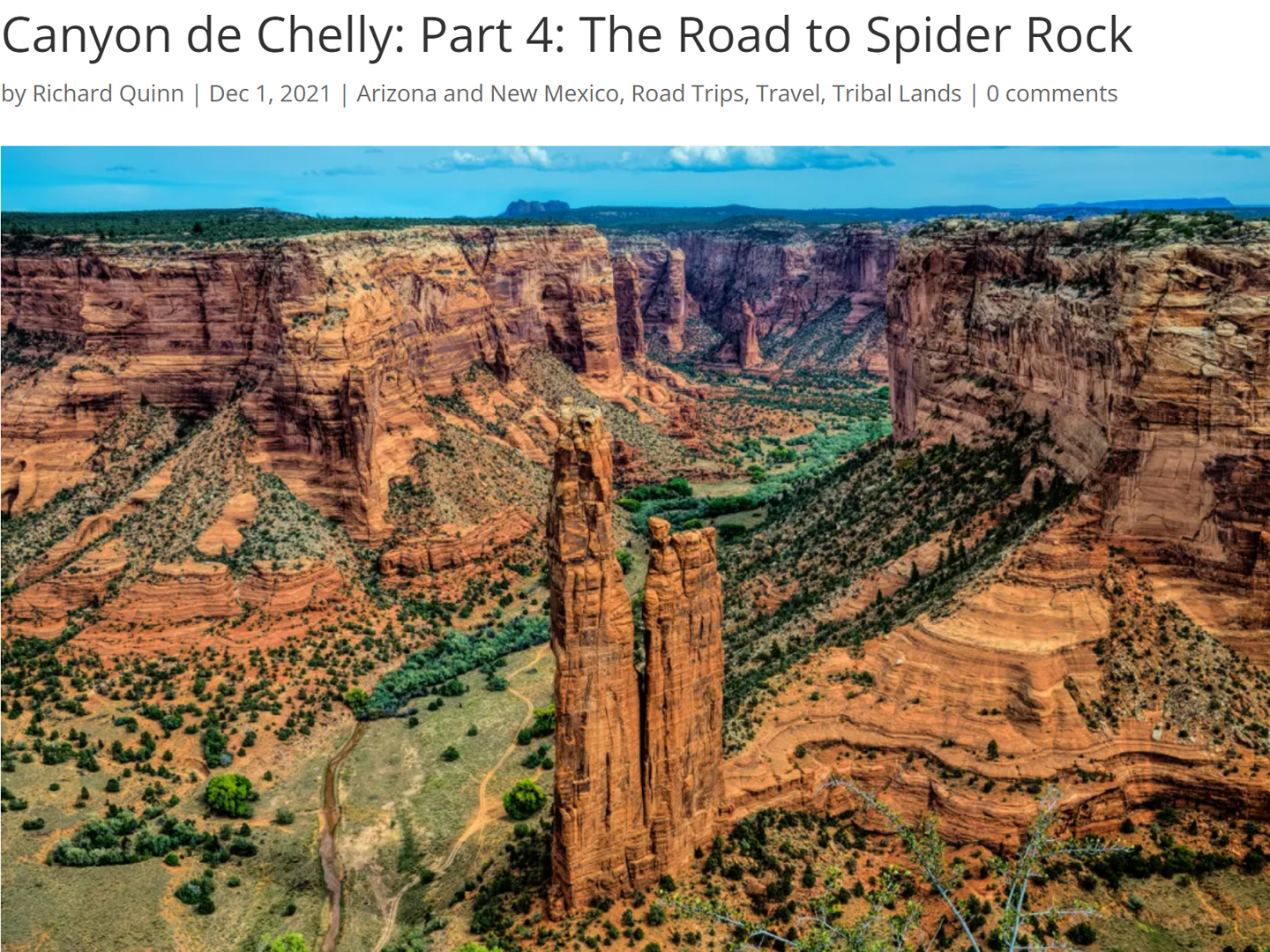
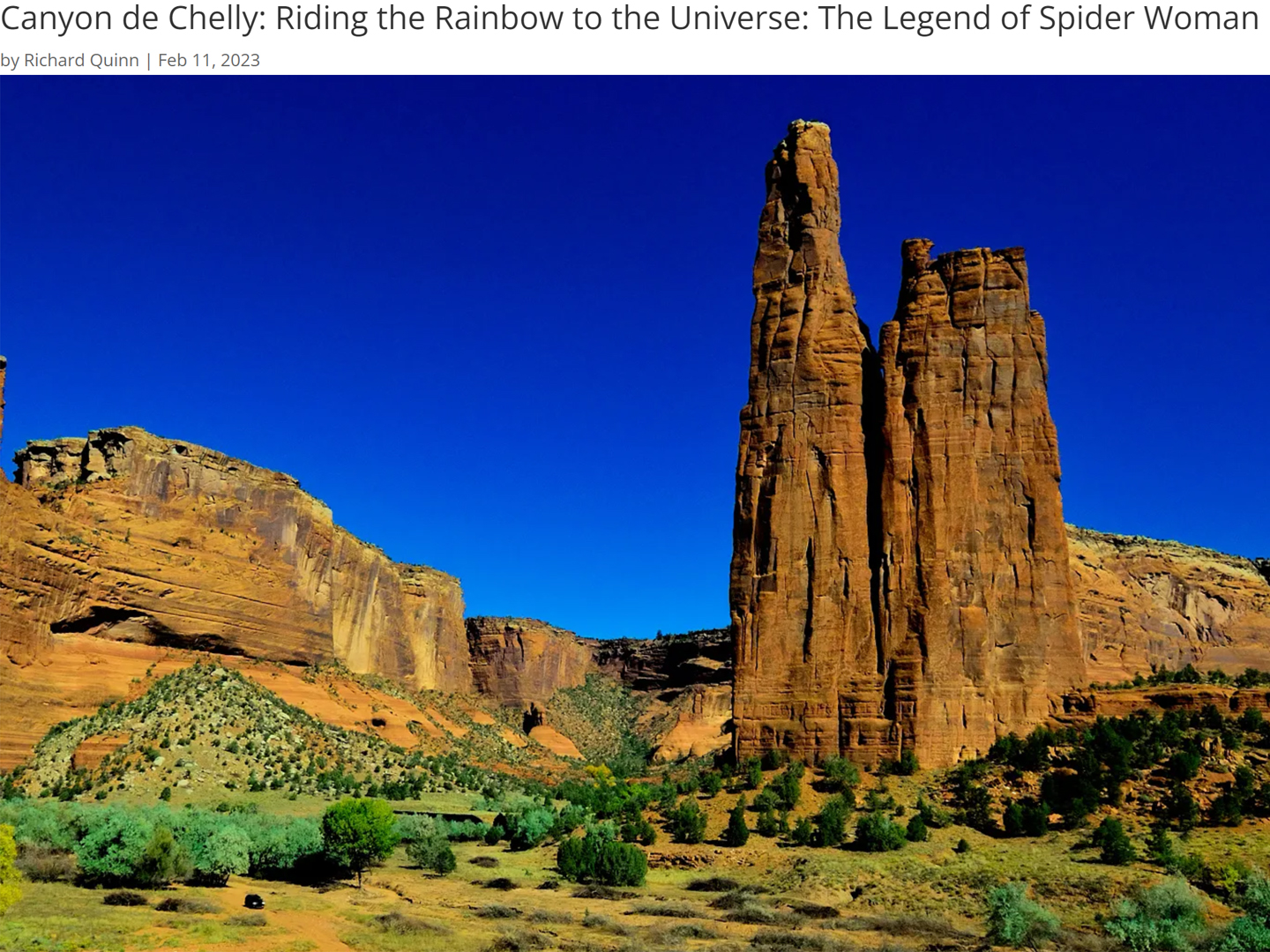
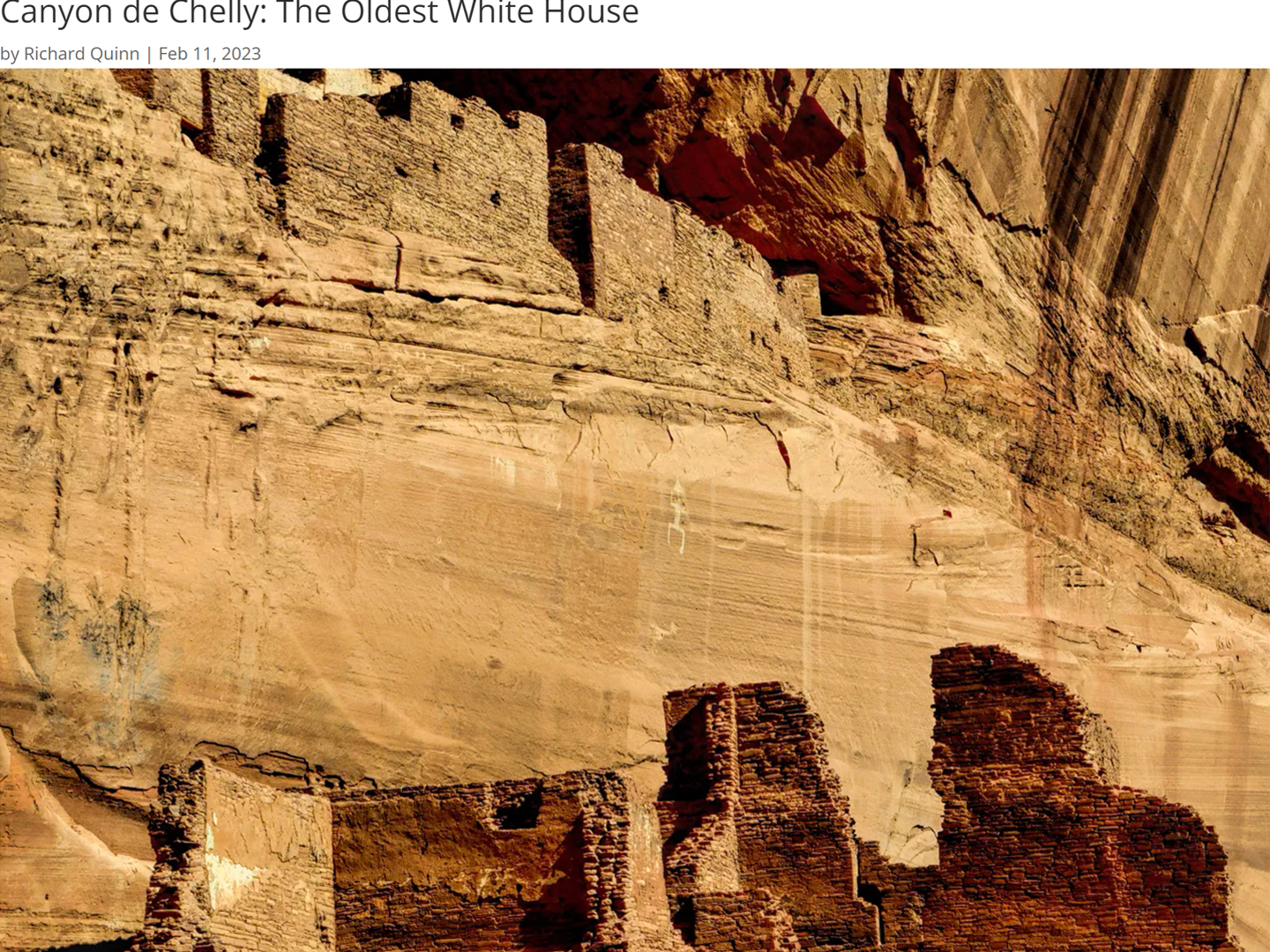
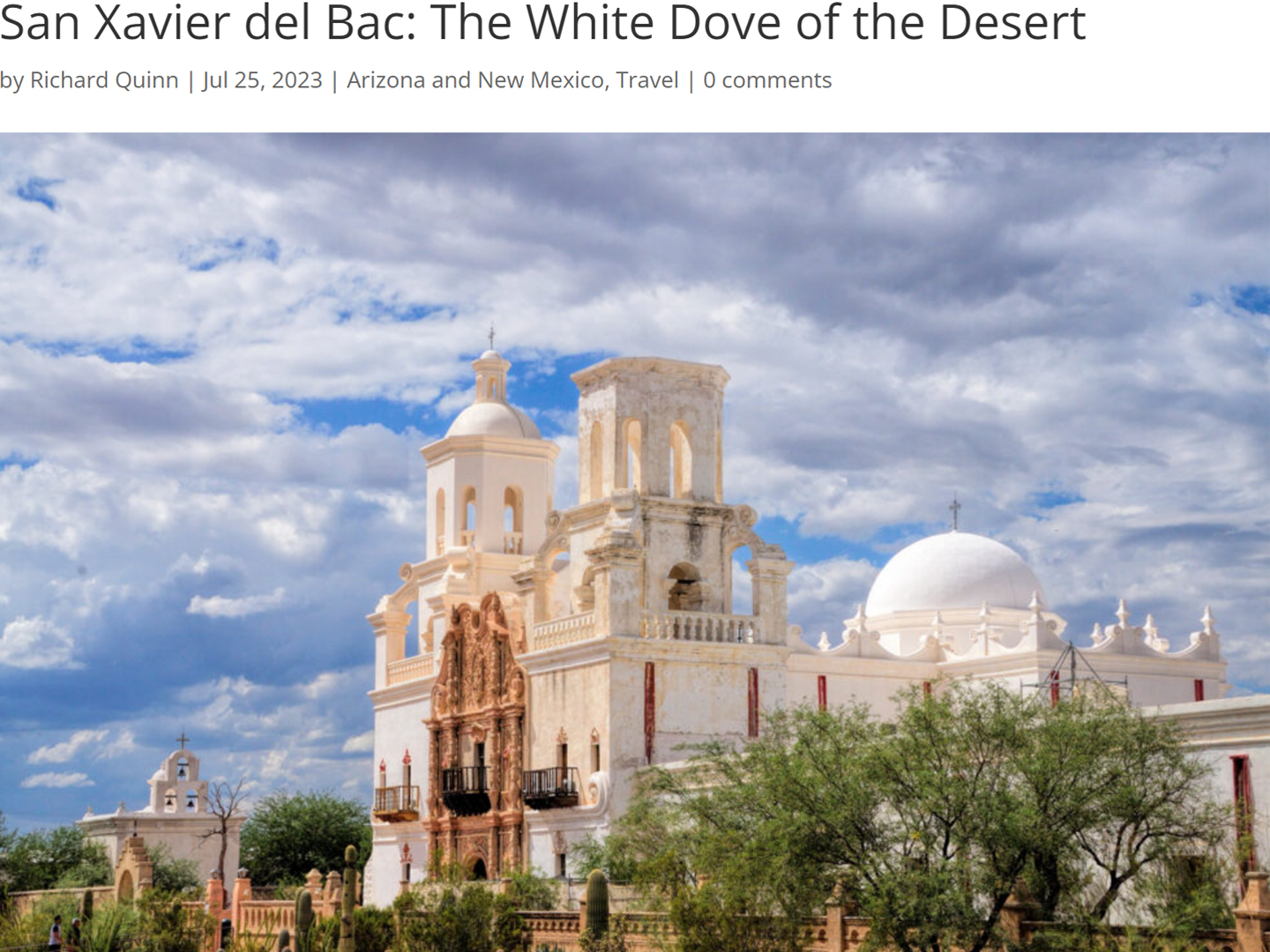
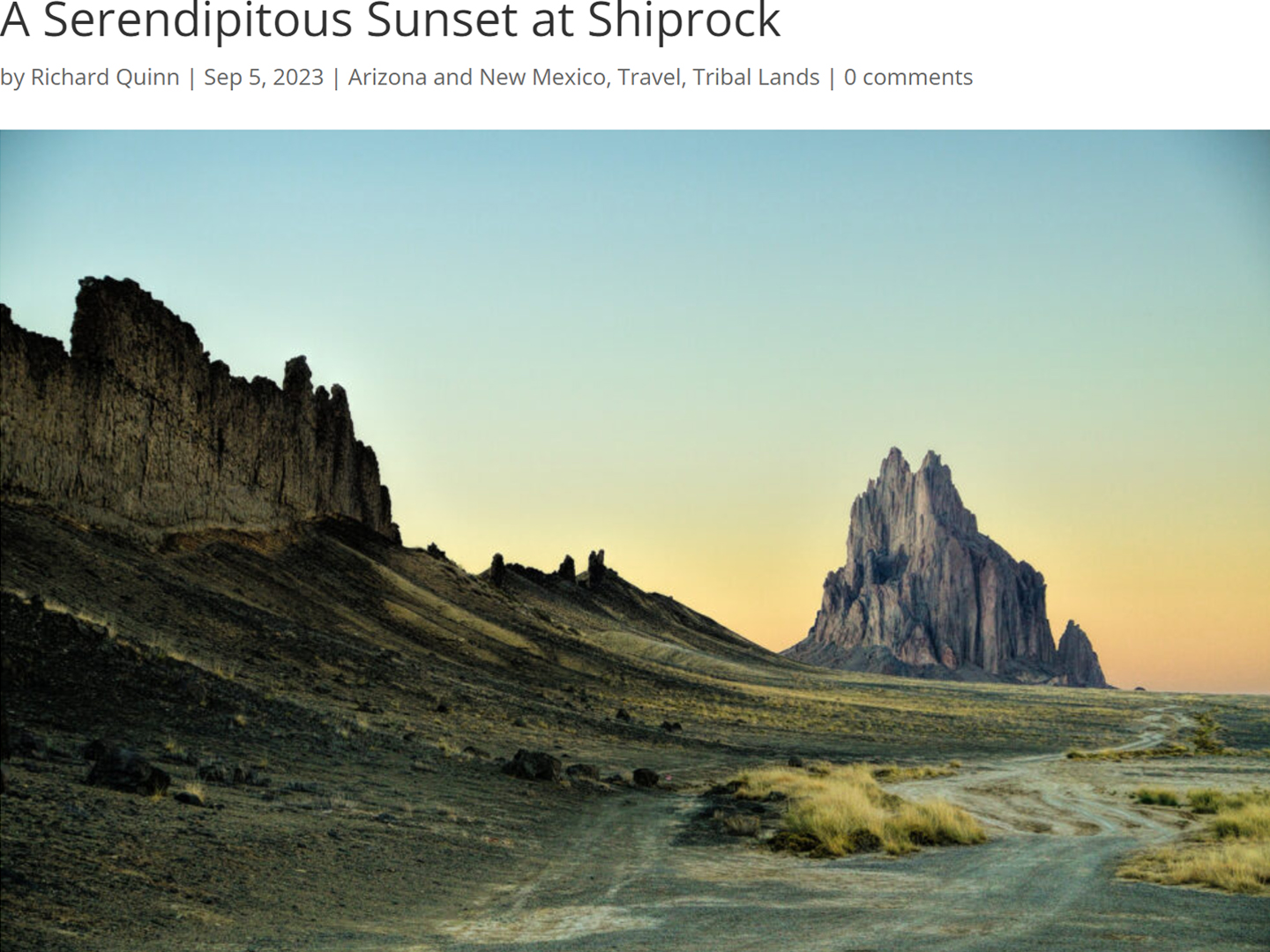
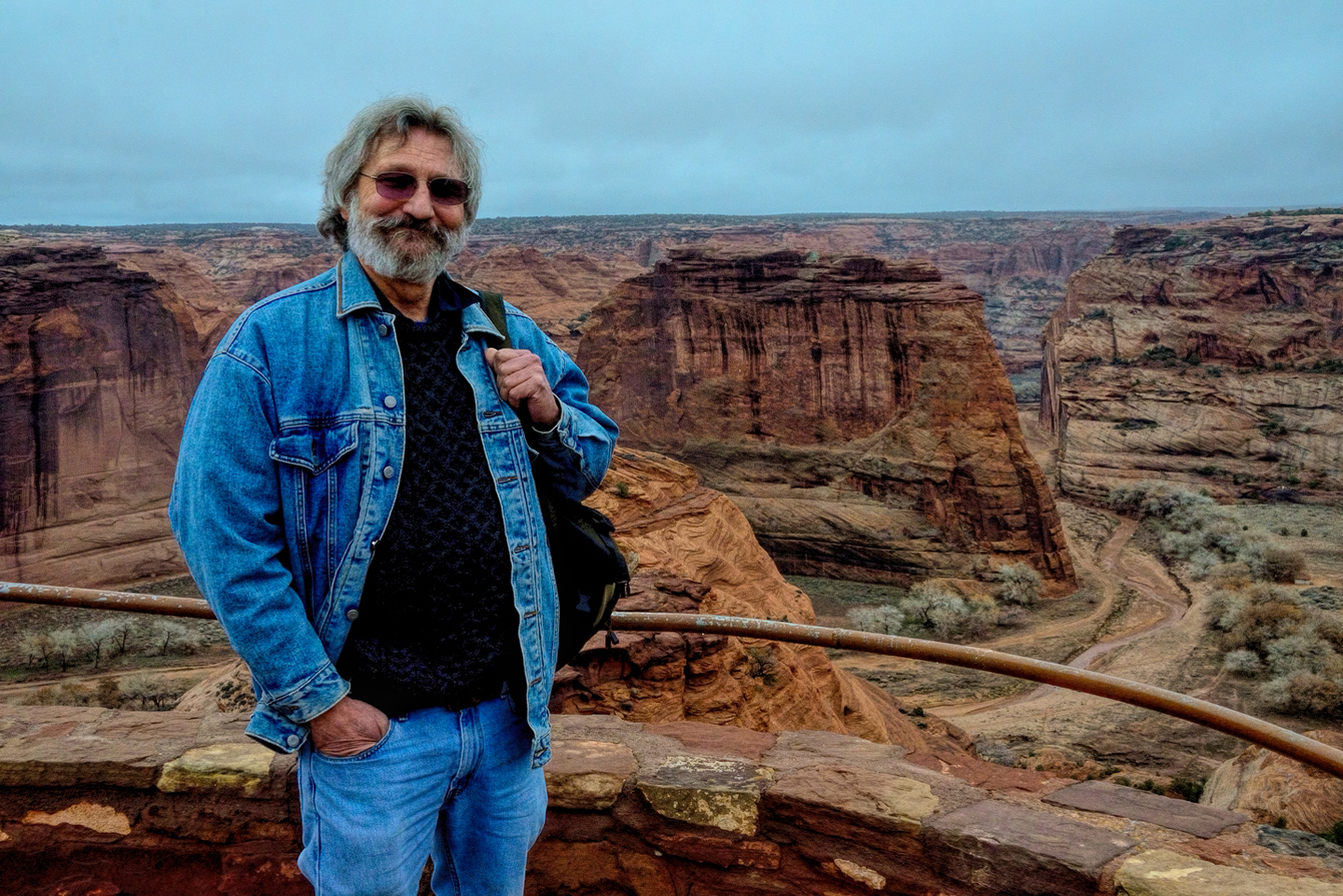

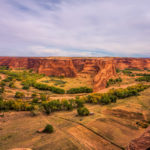
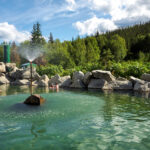
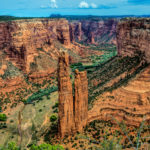
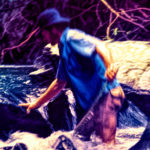
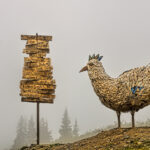
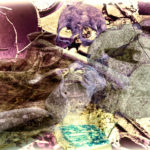
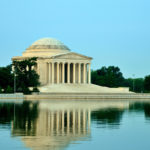
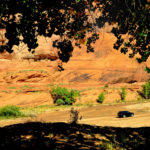
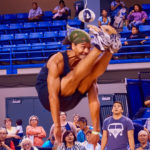
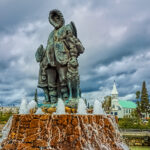
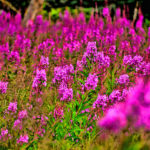
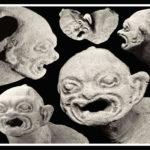
0 Comments